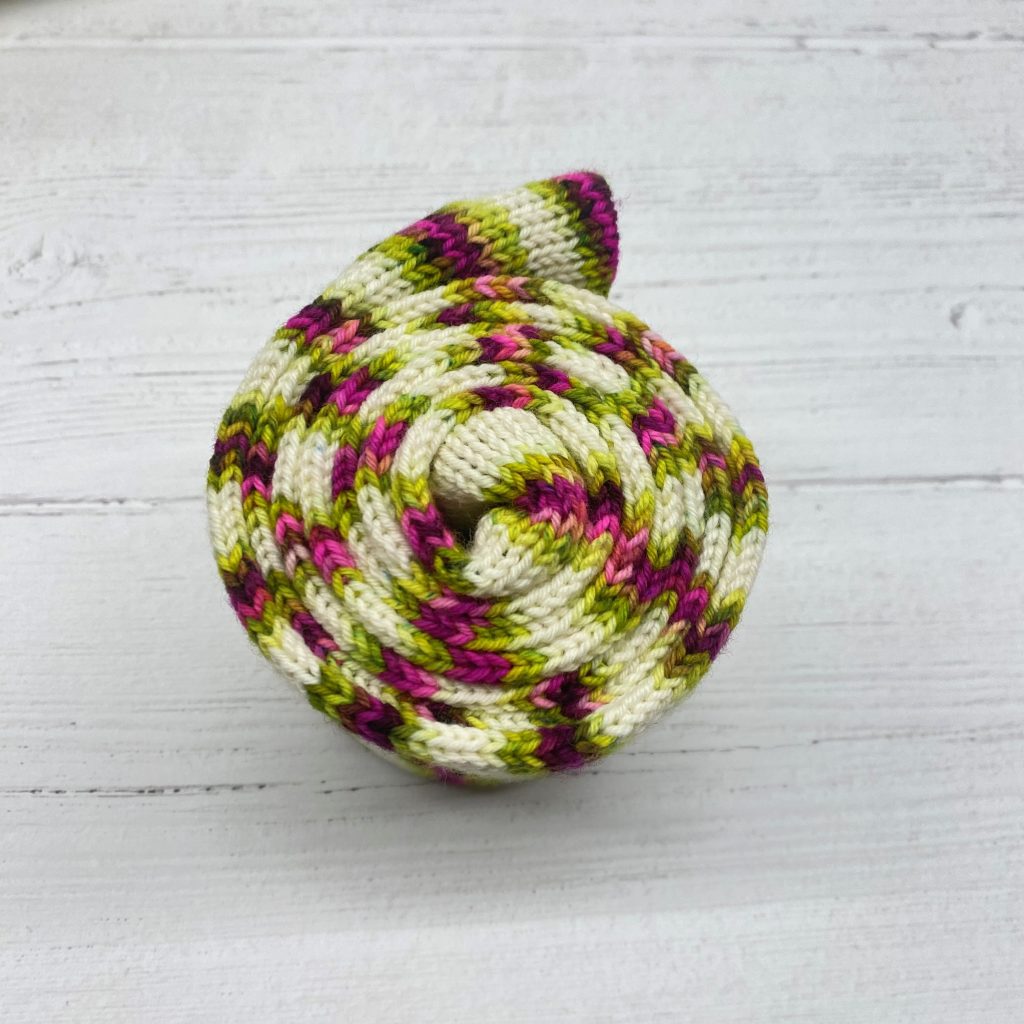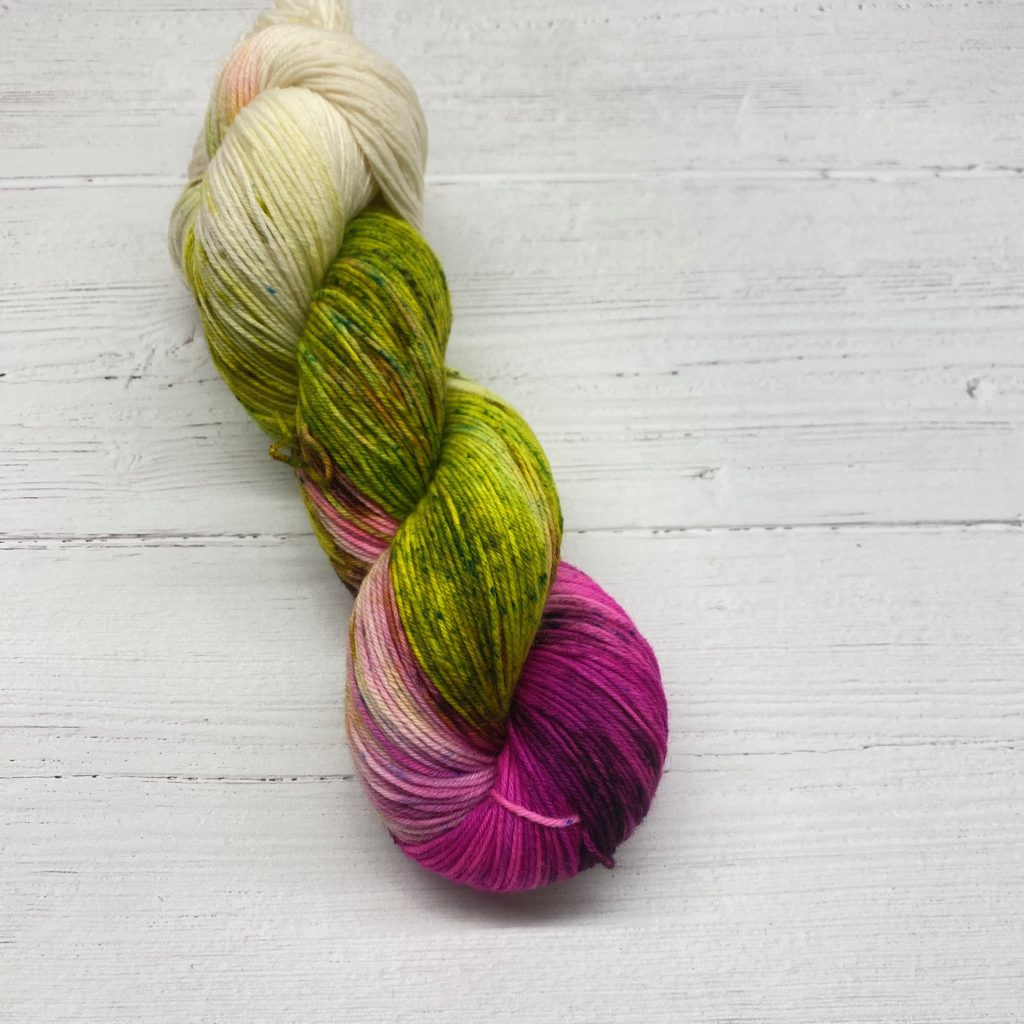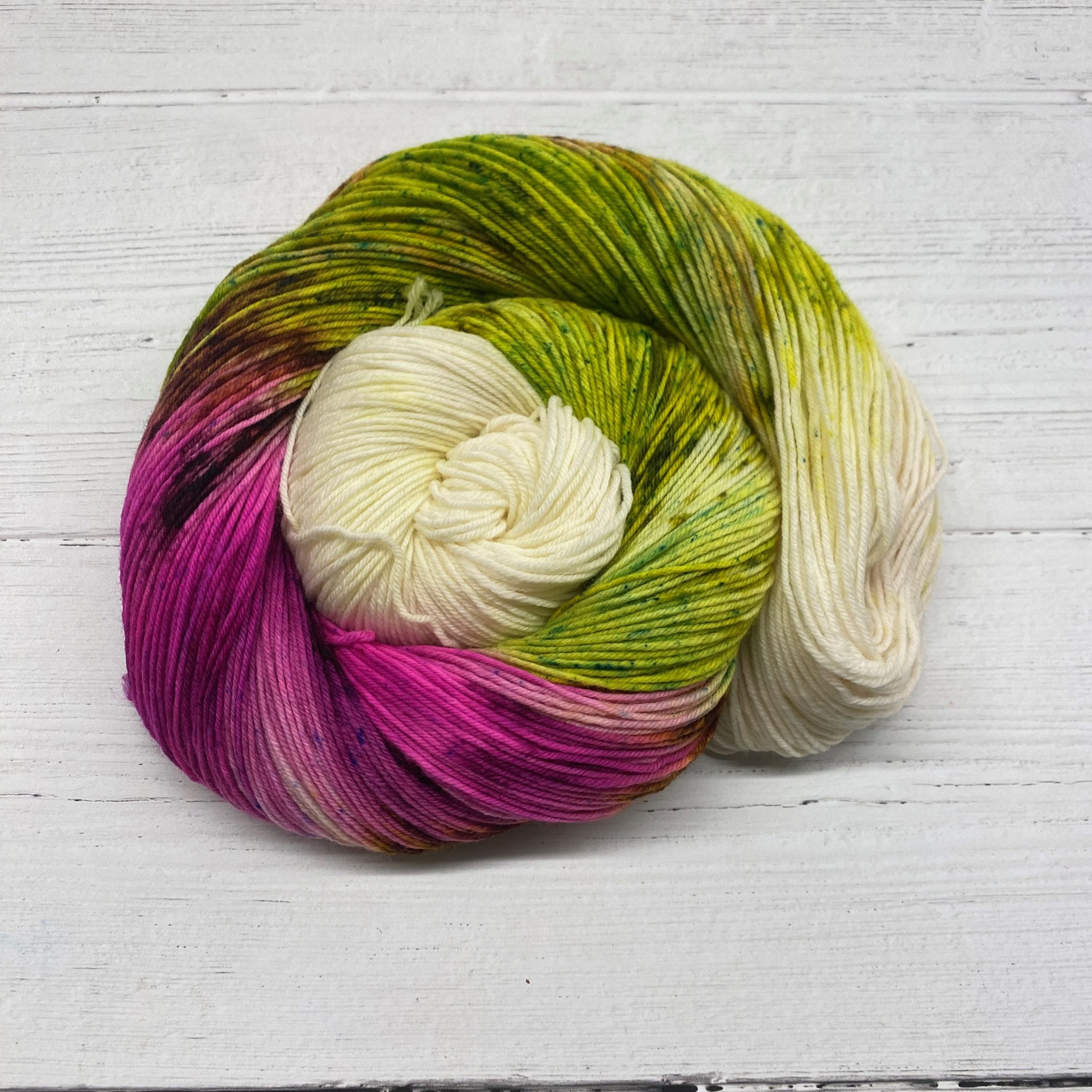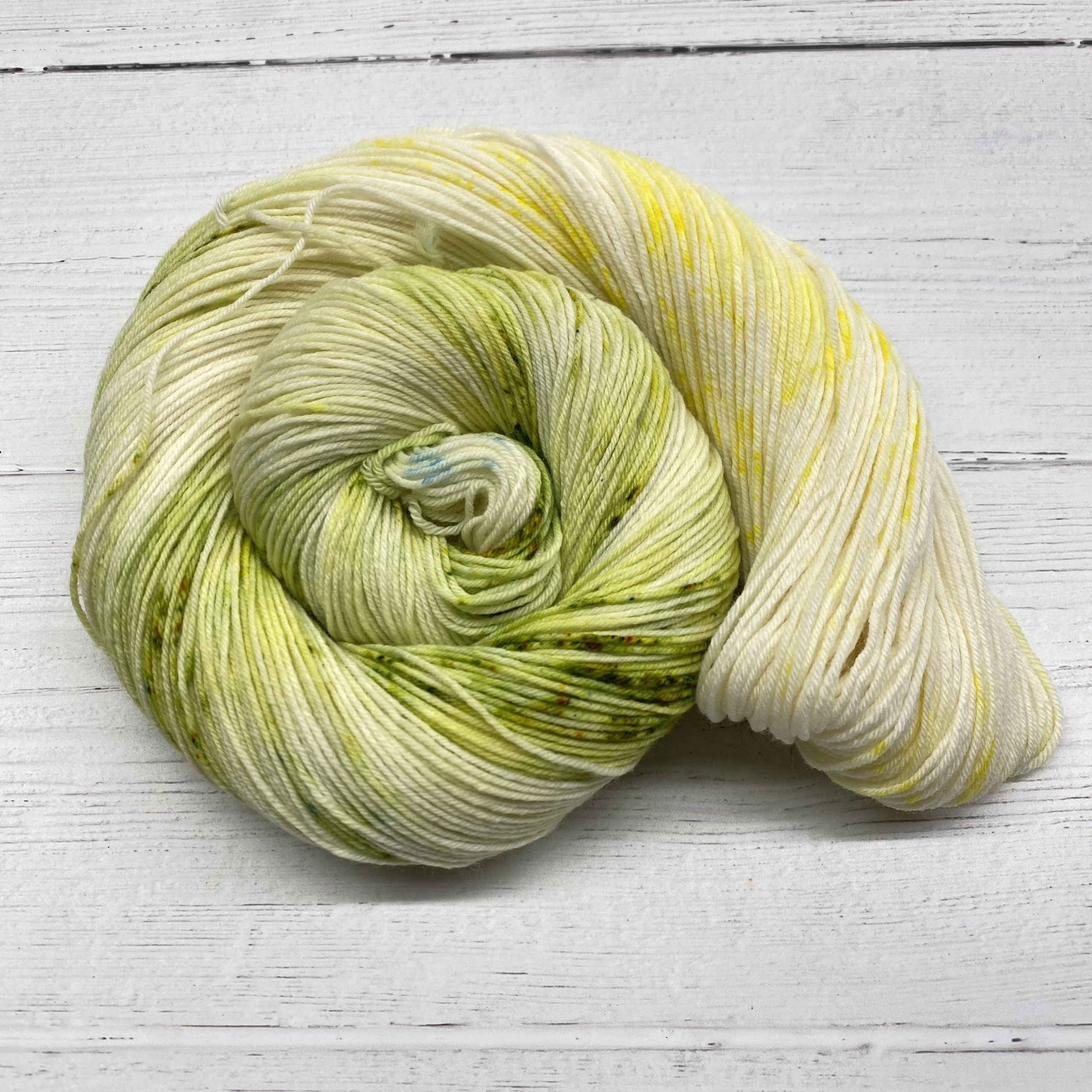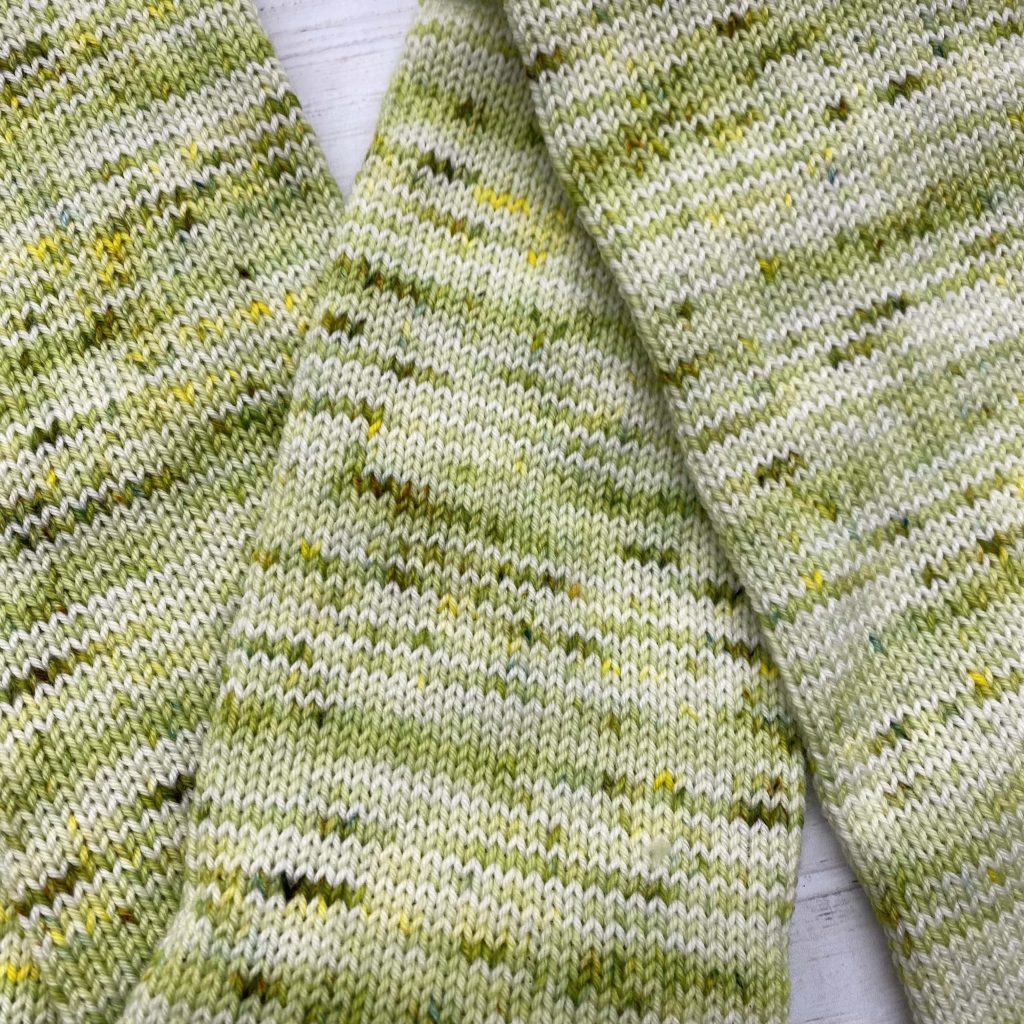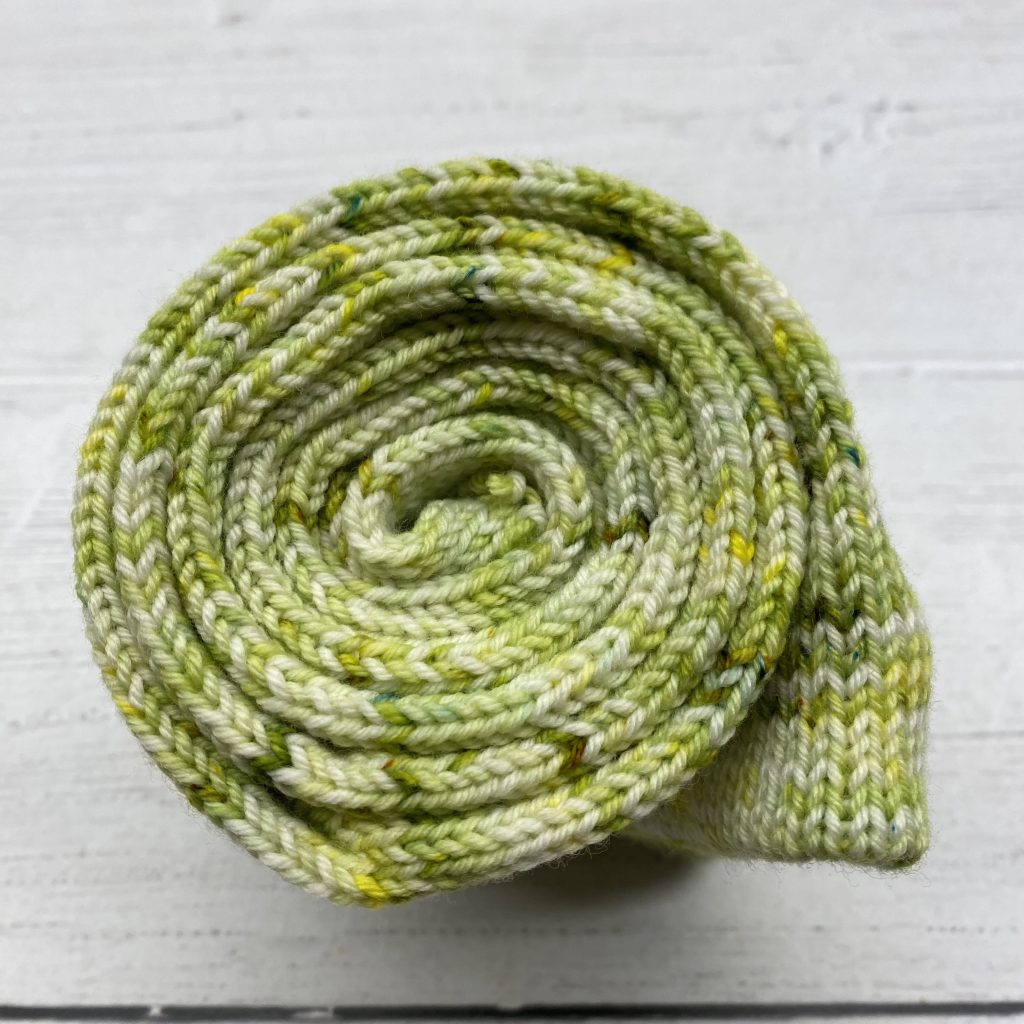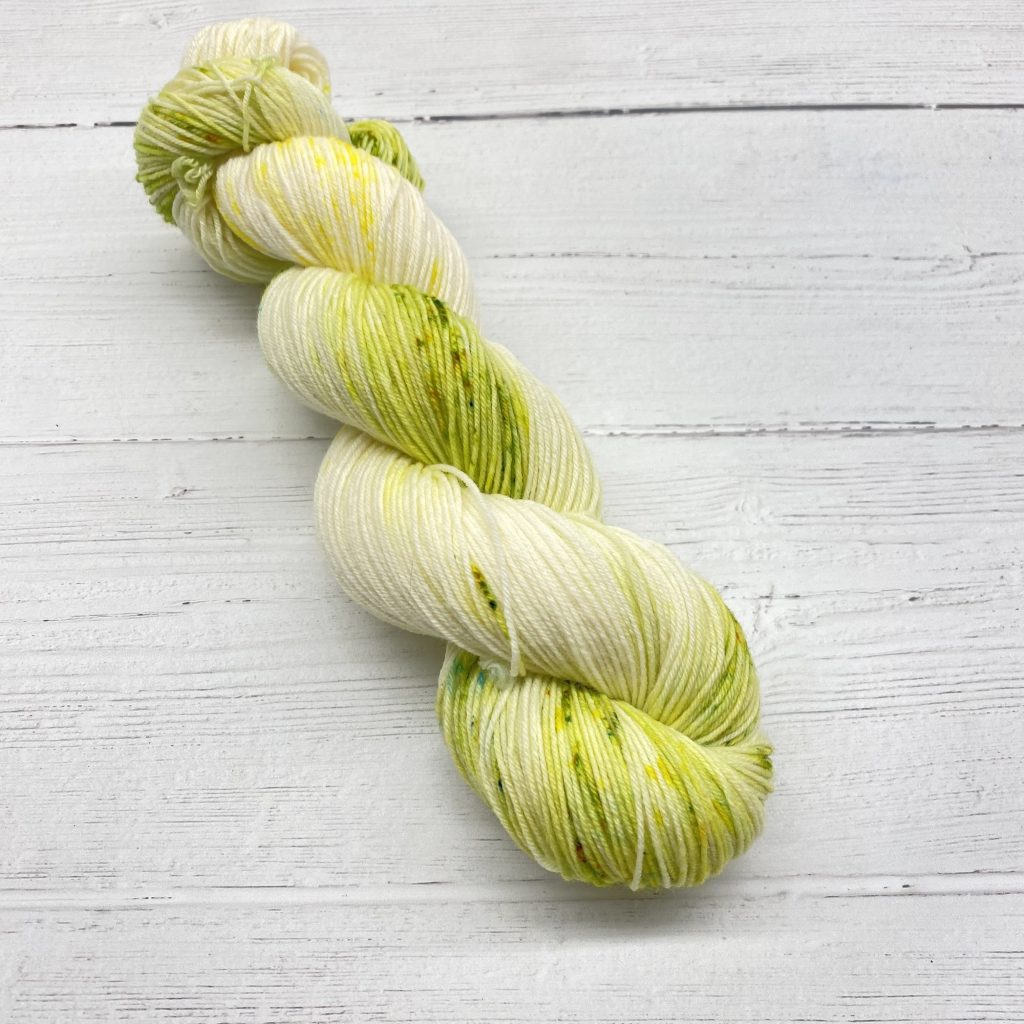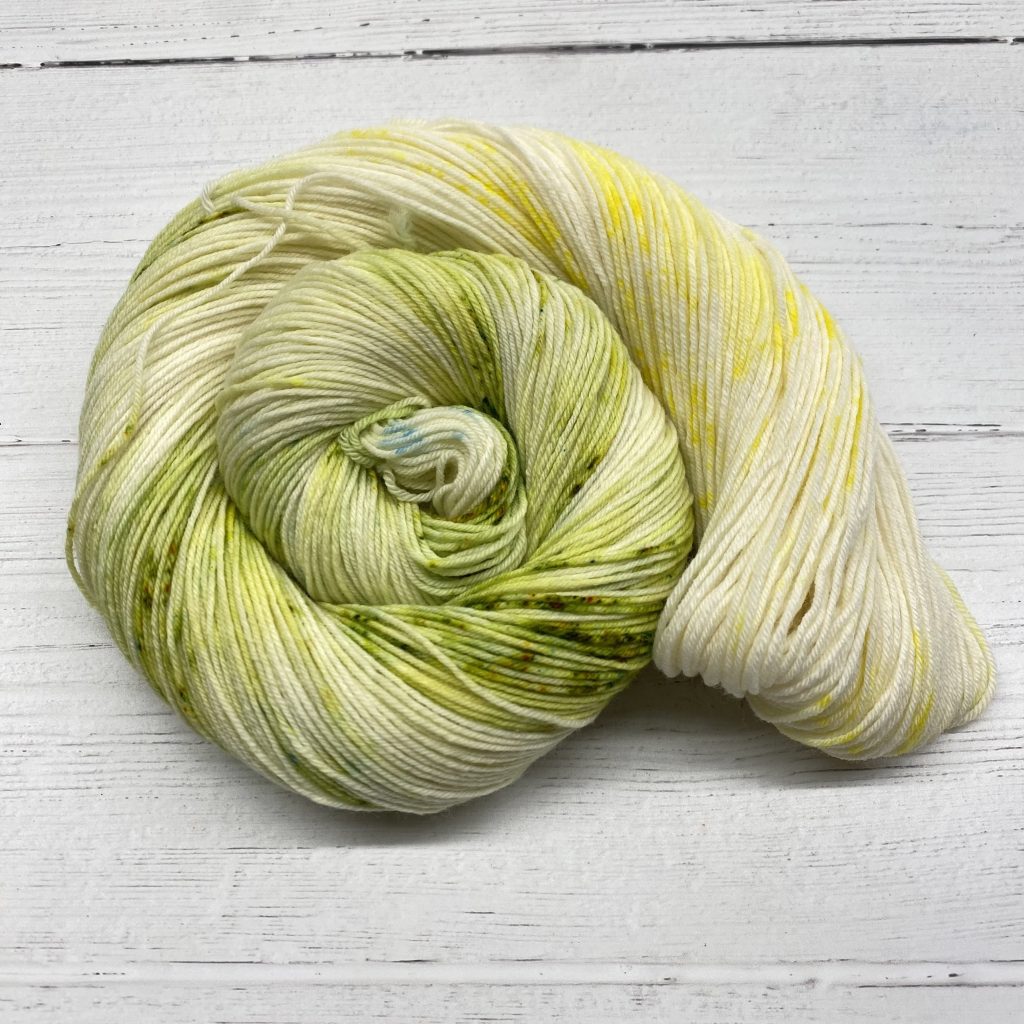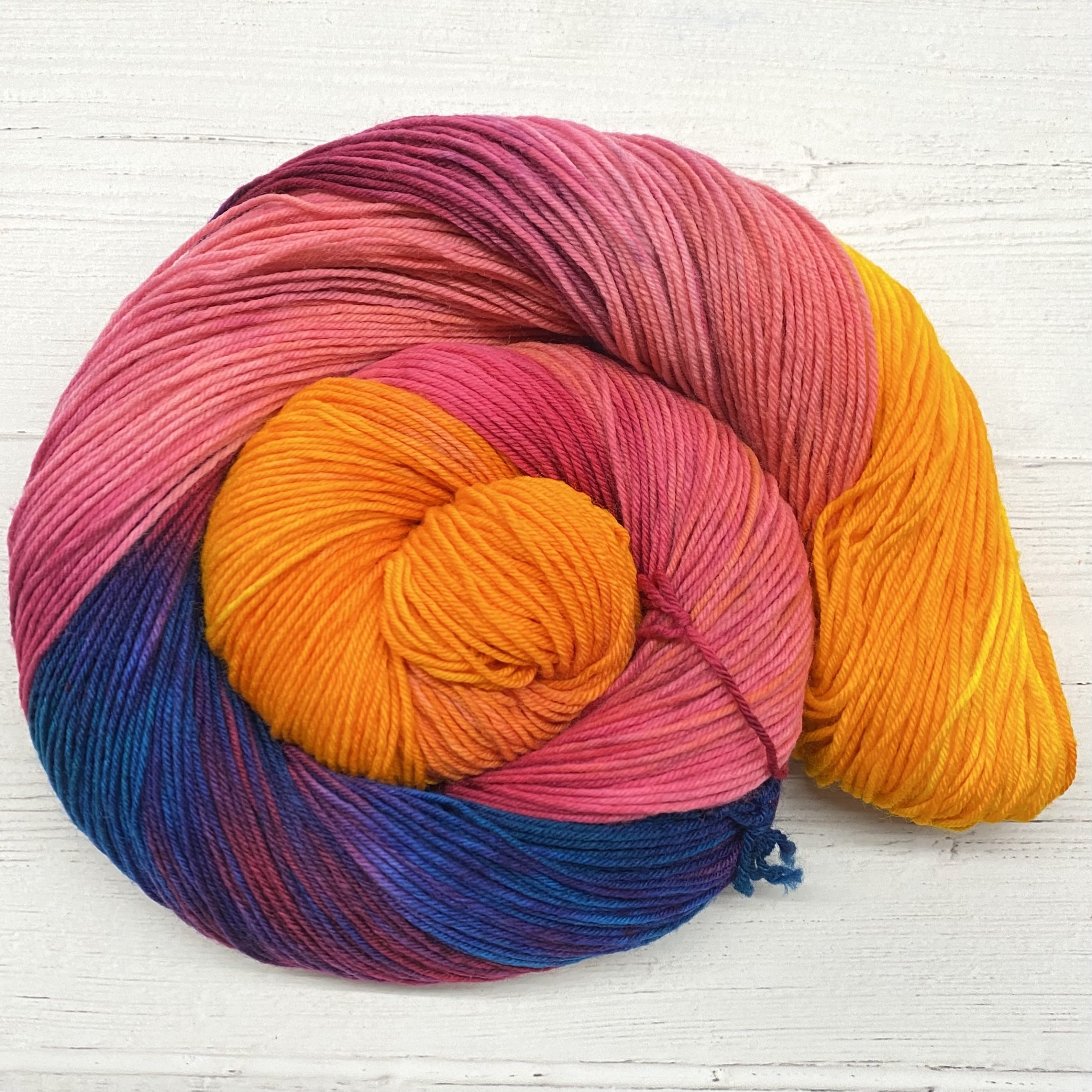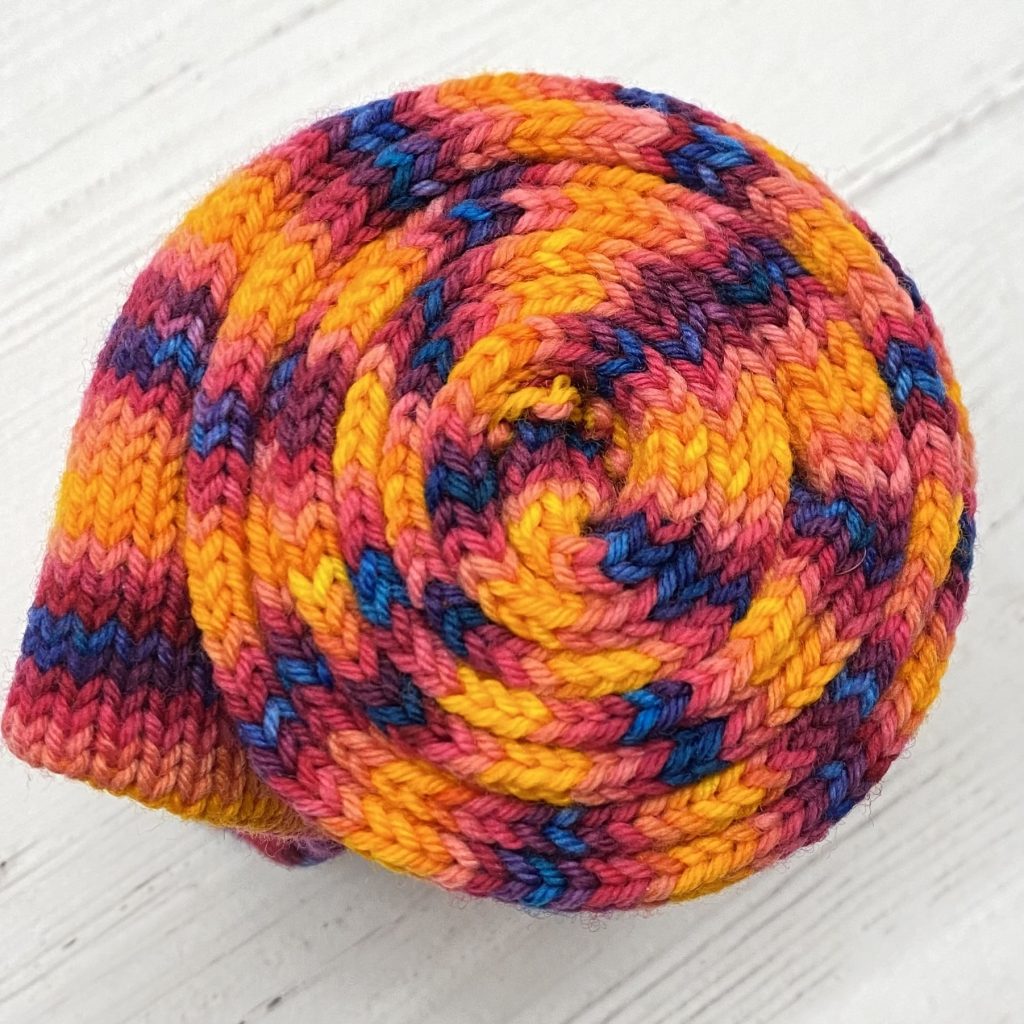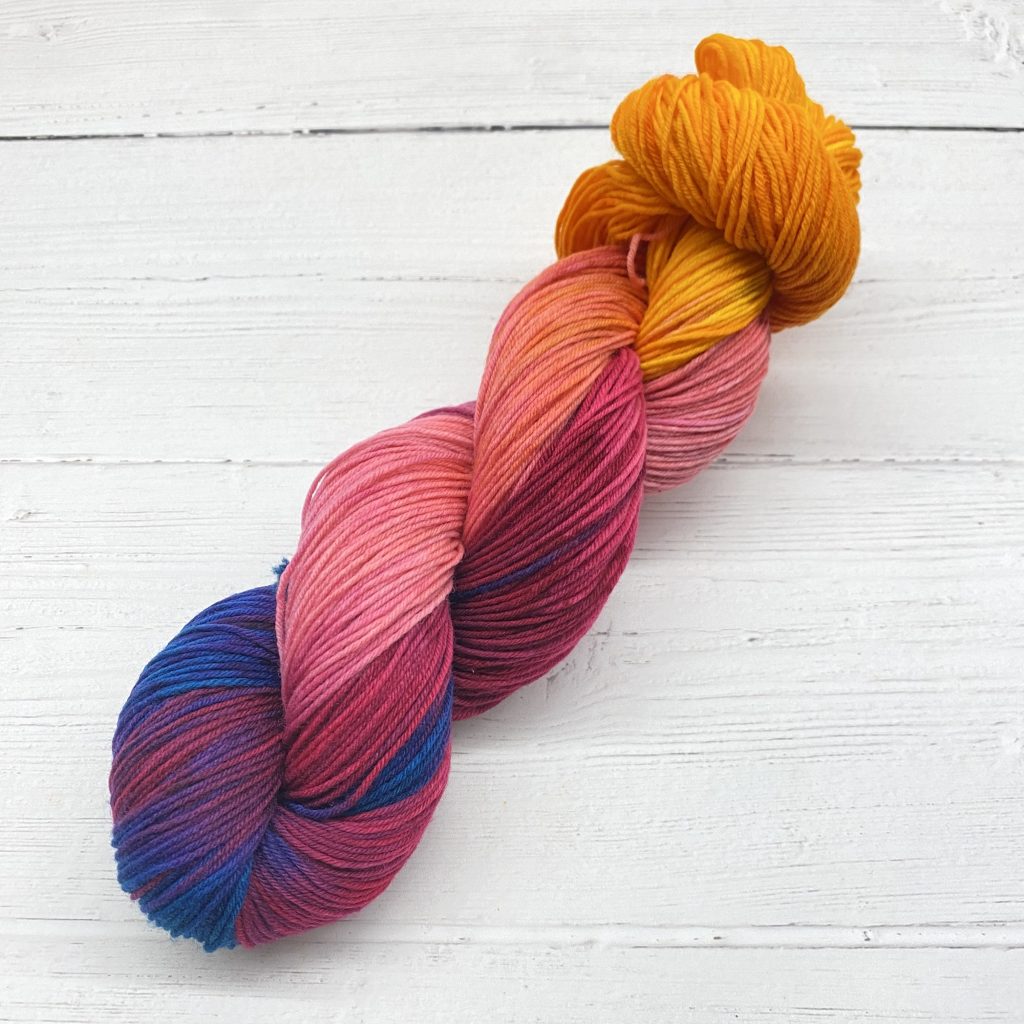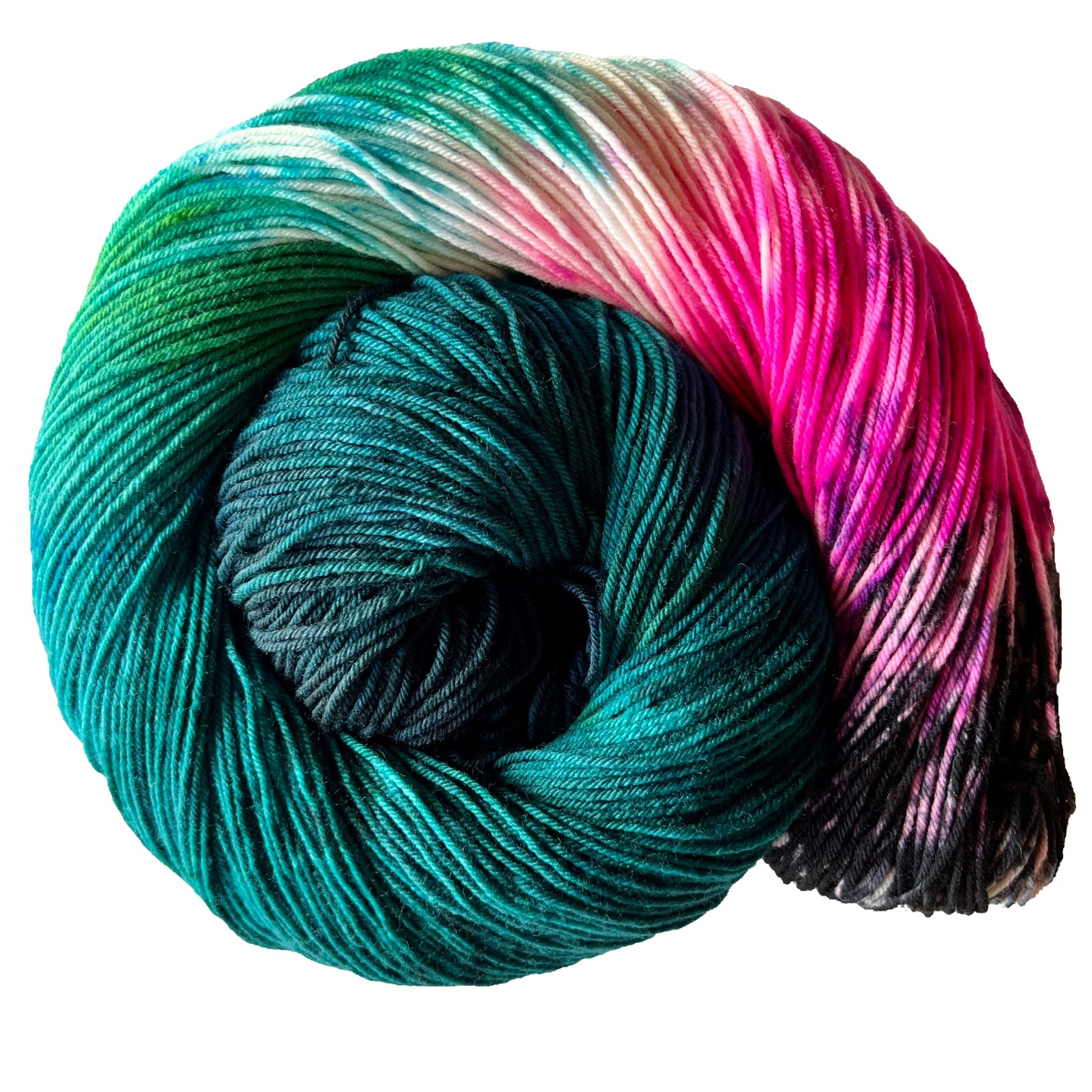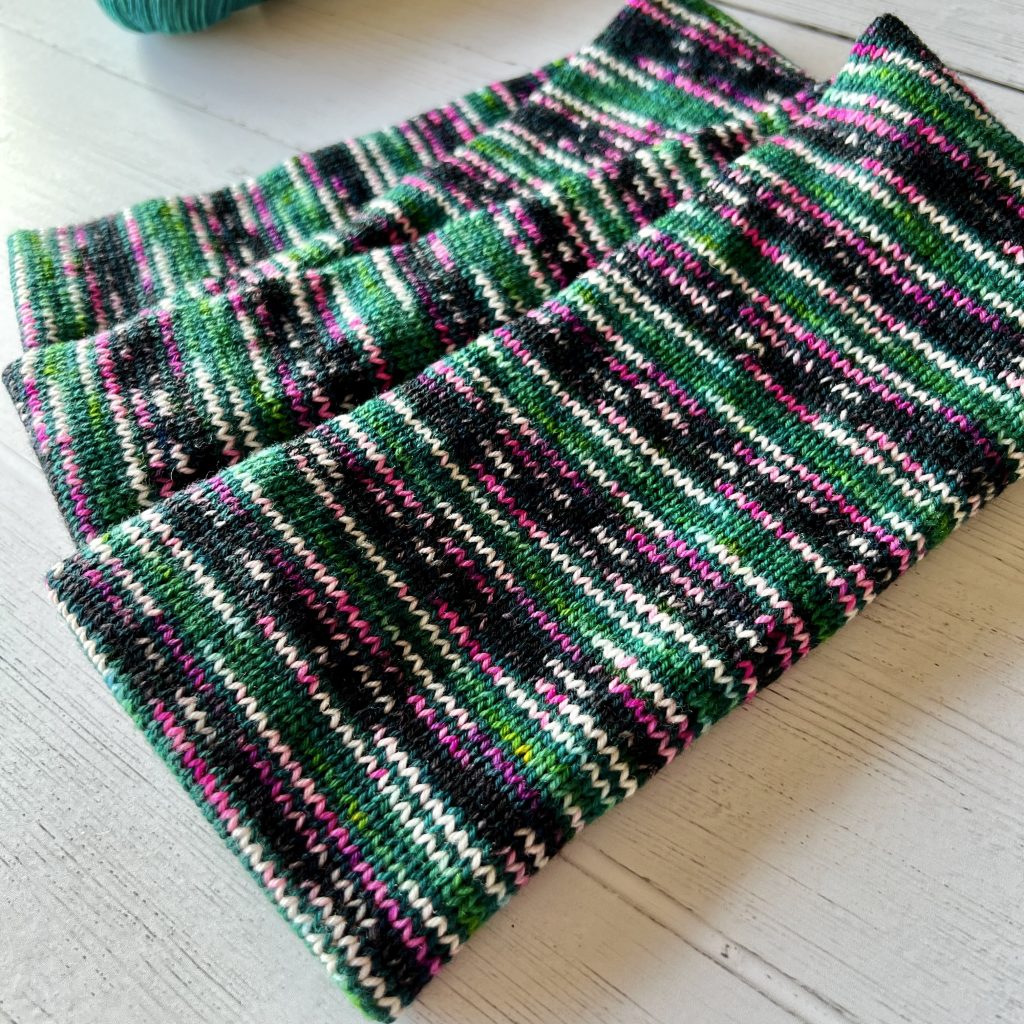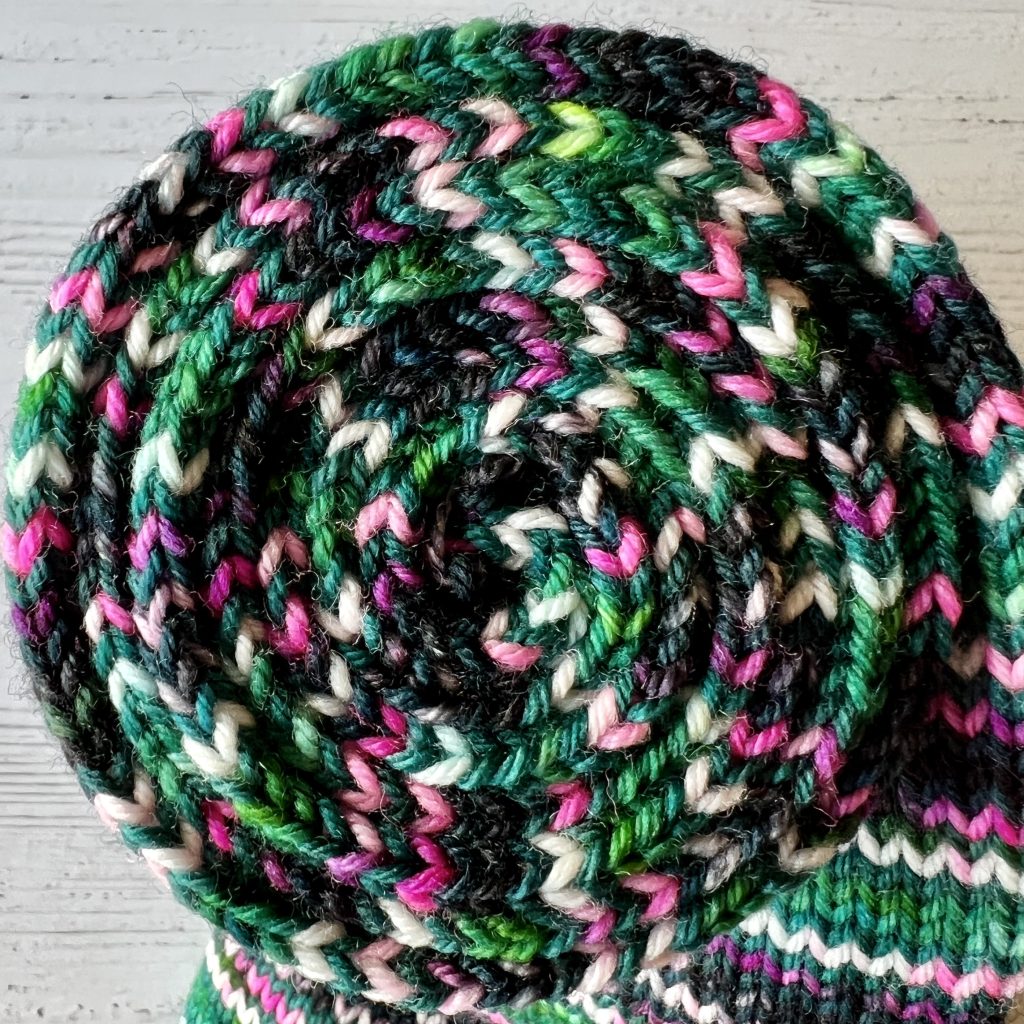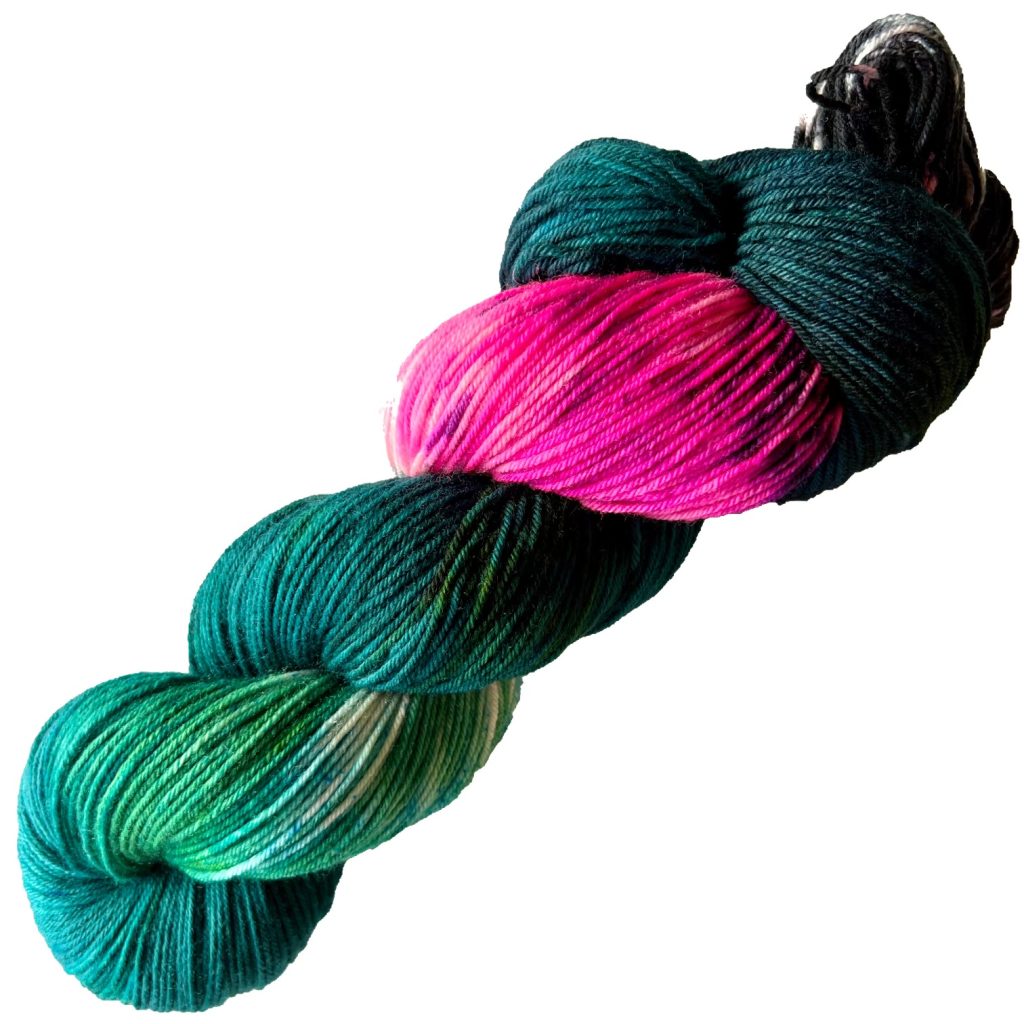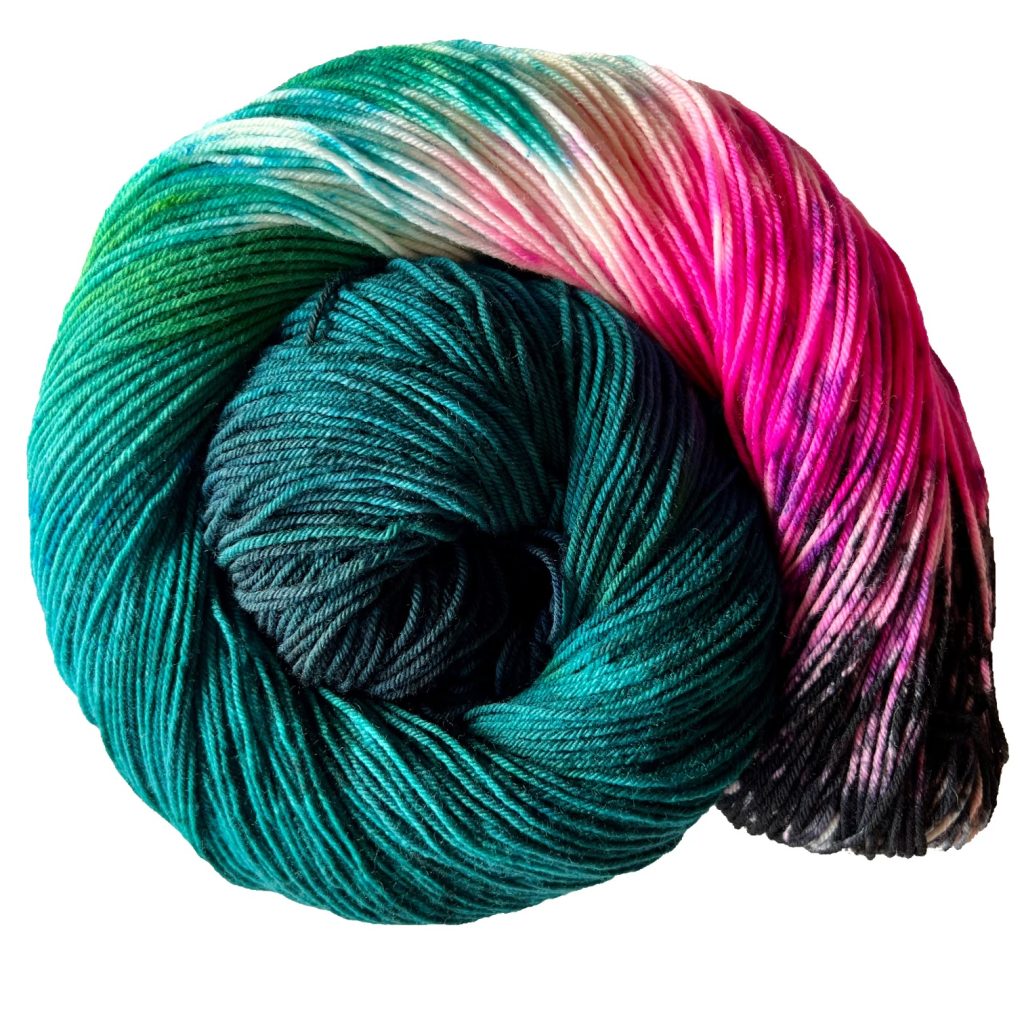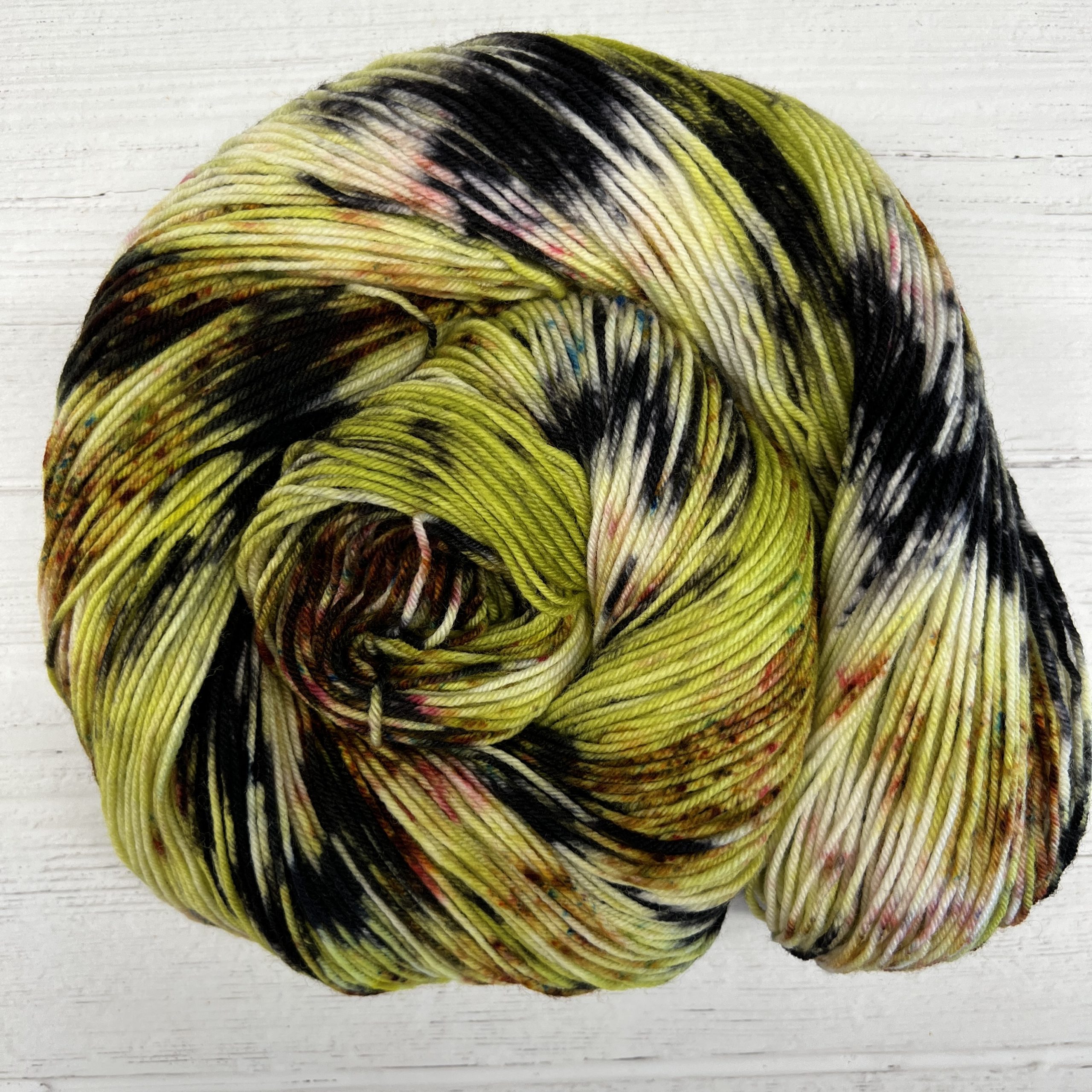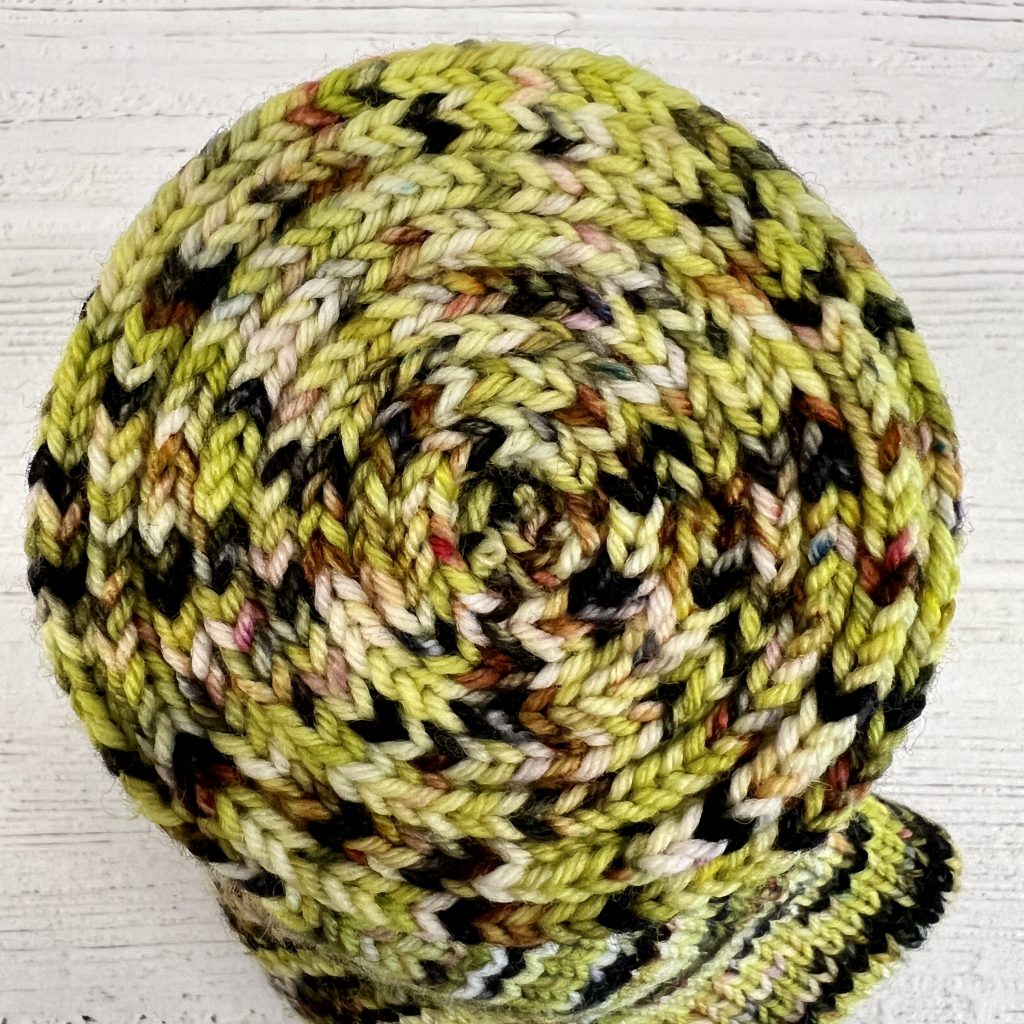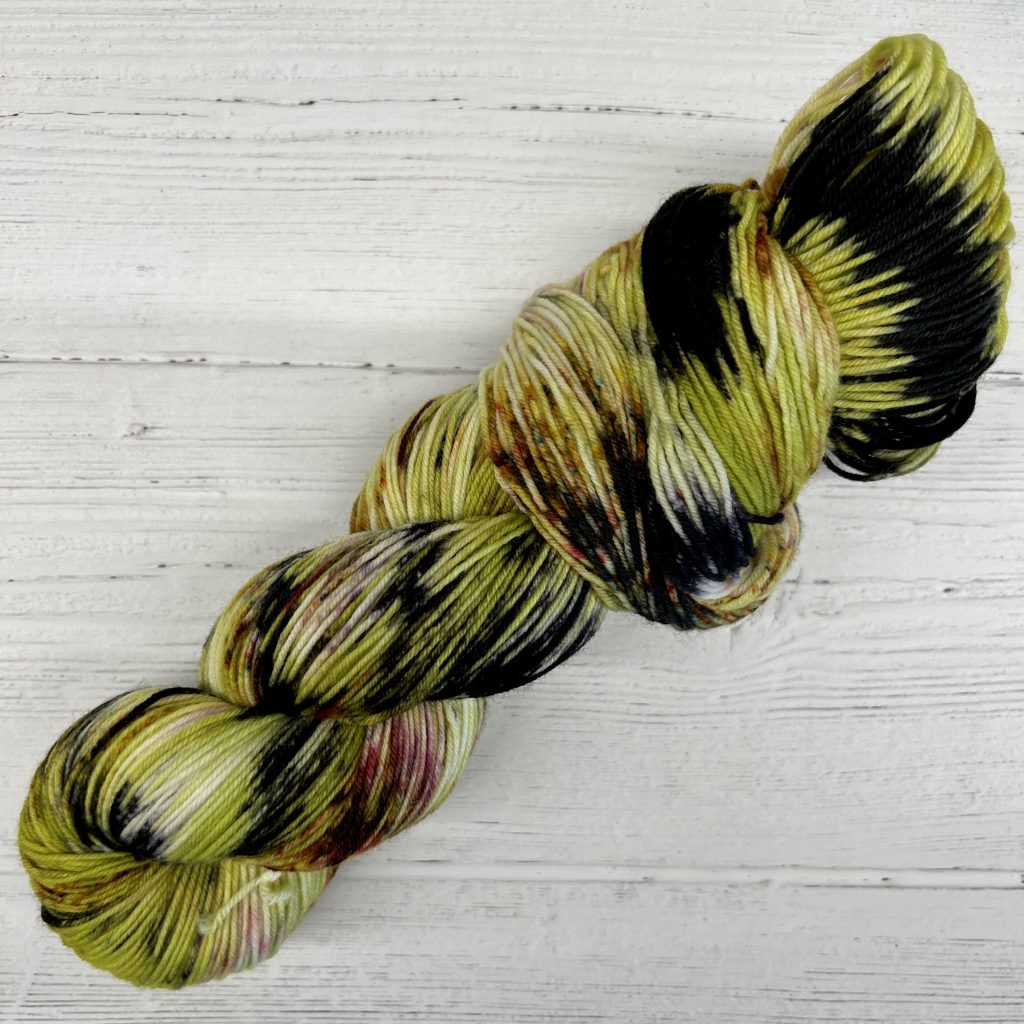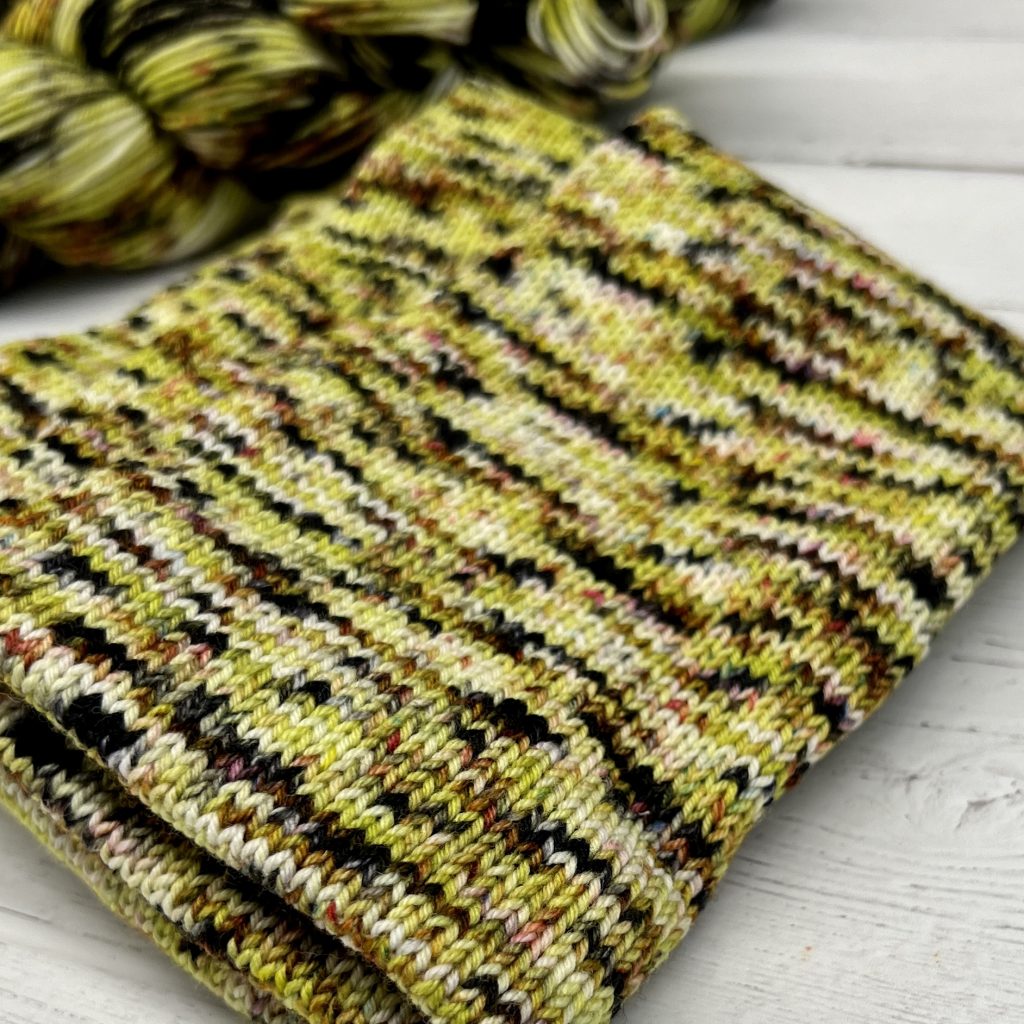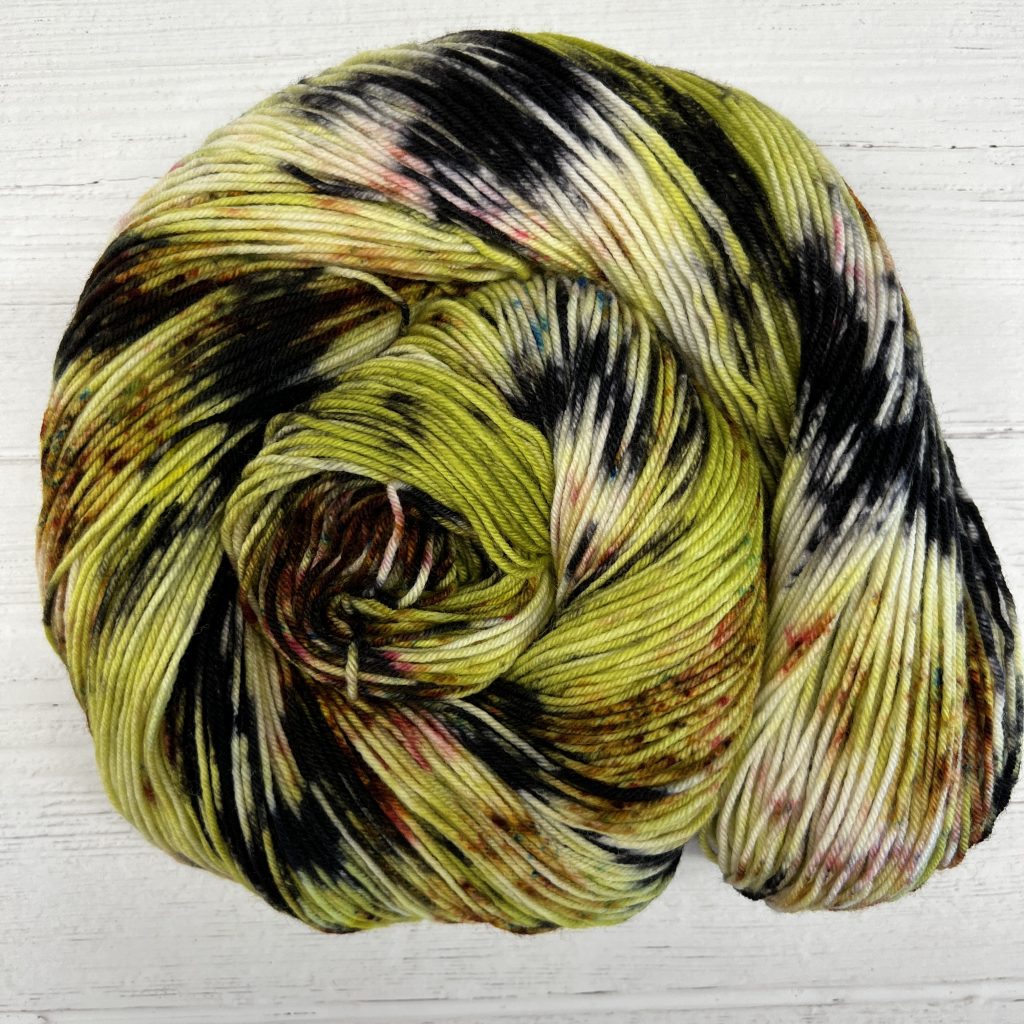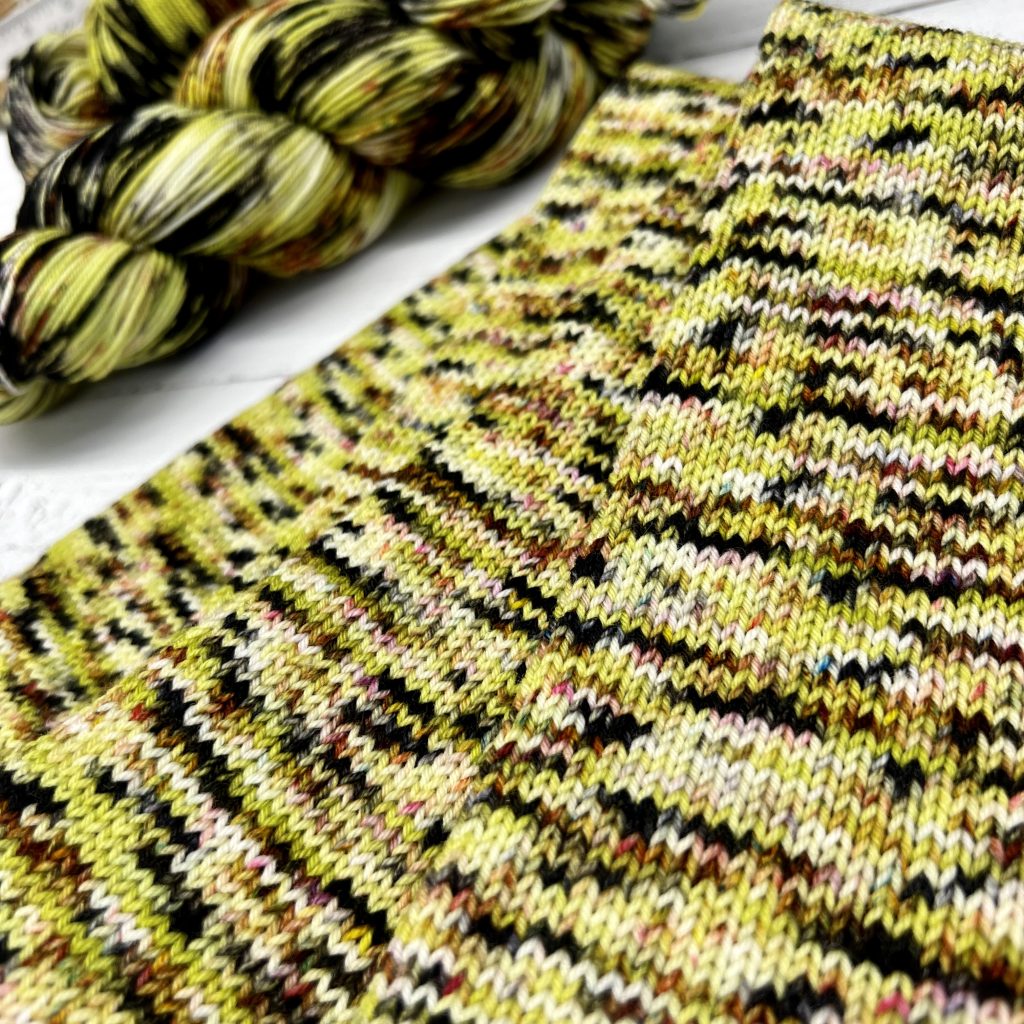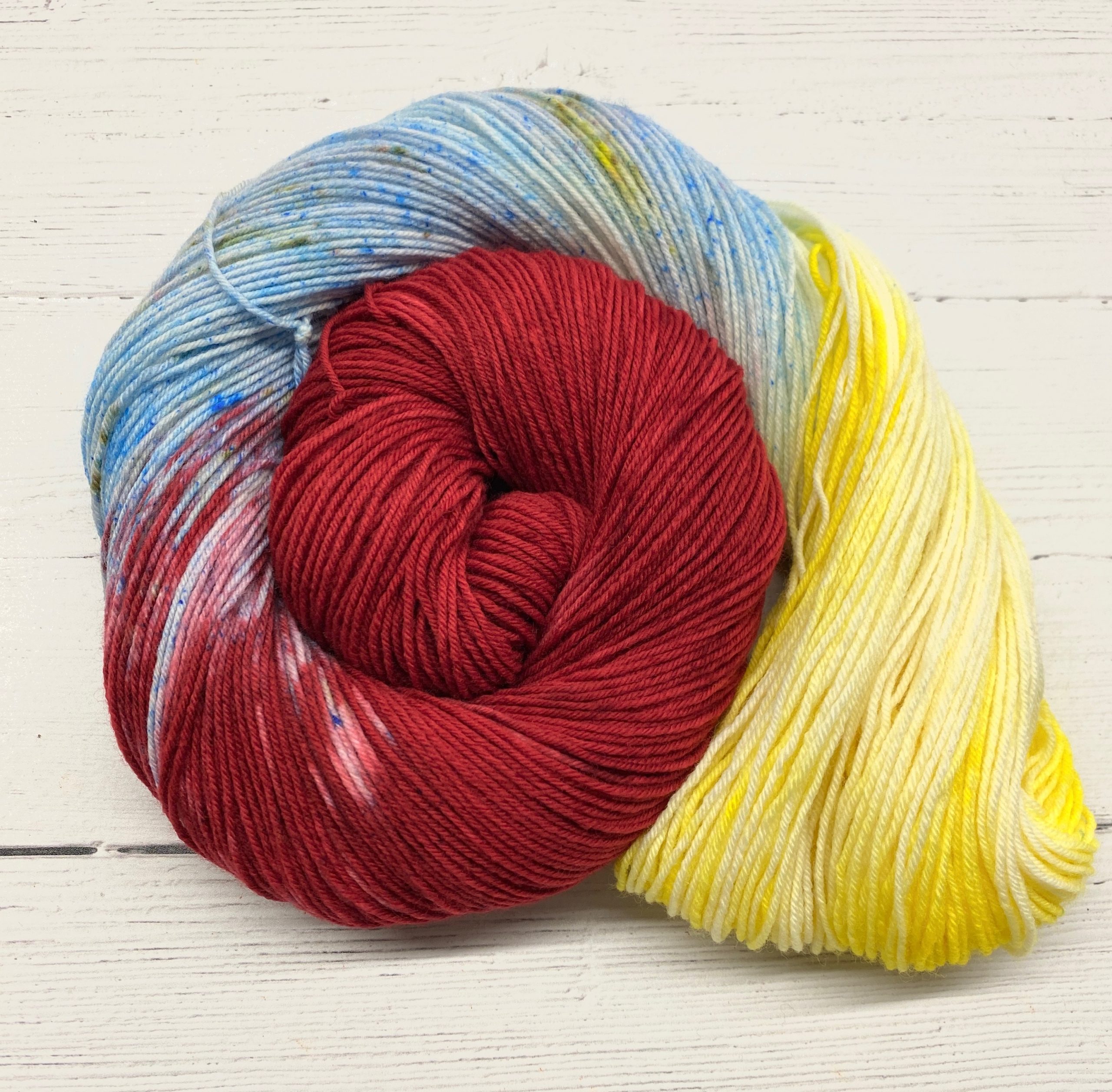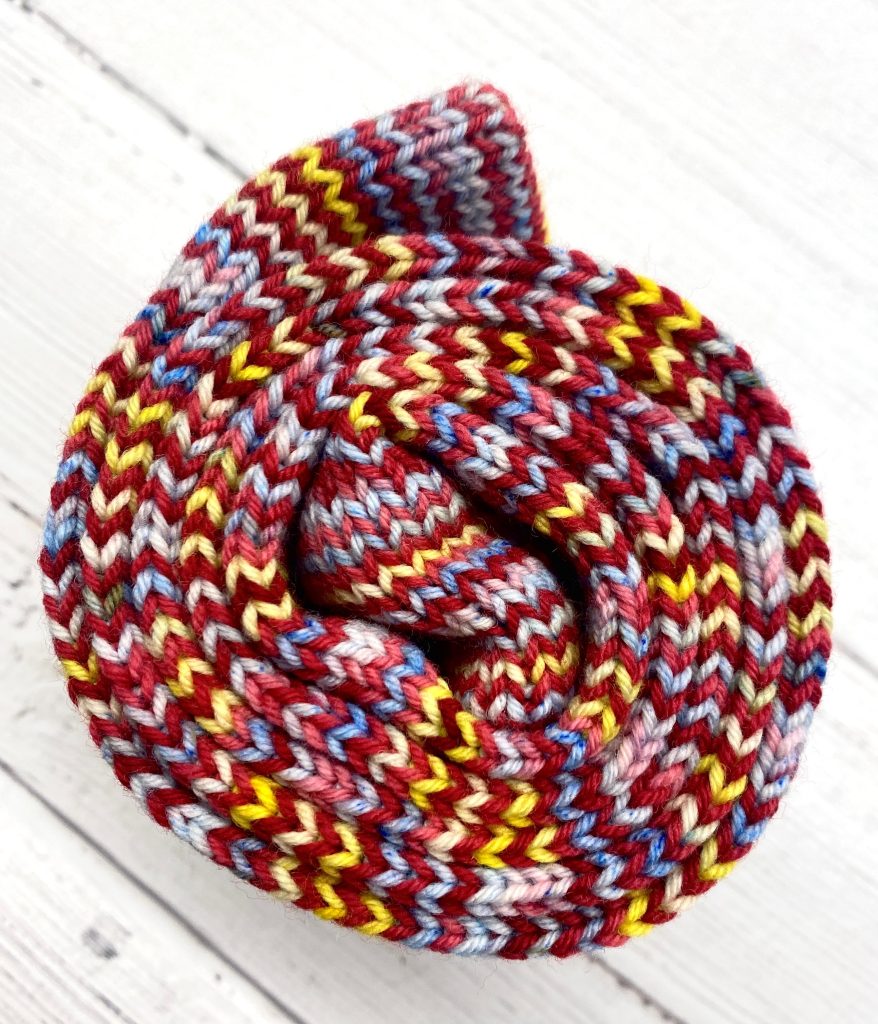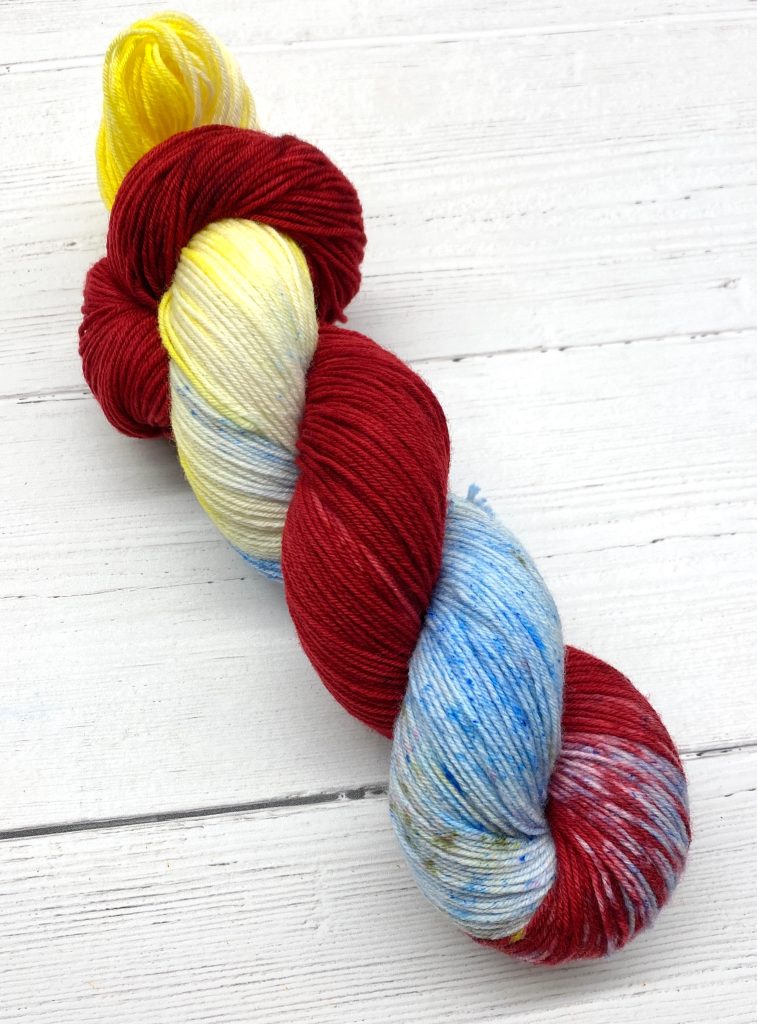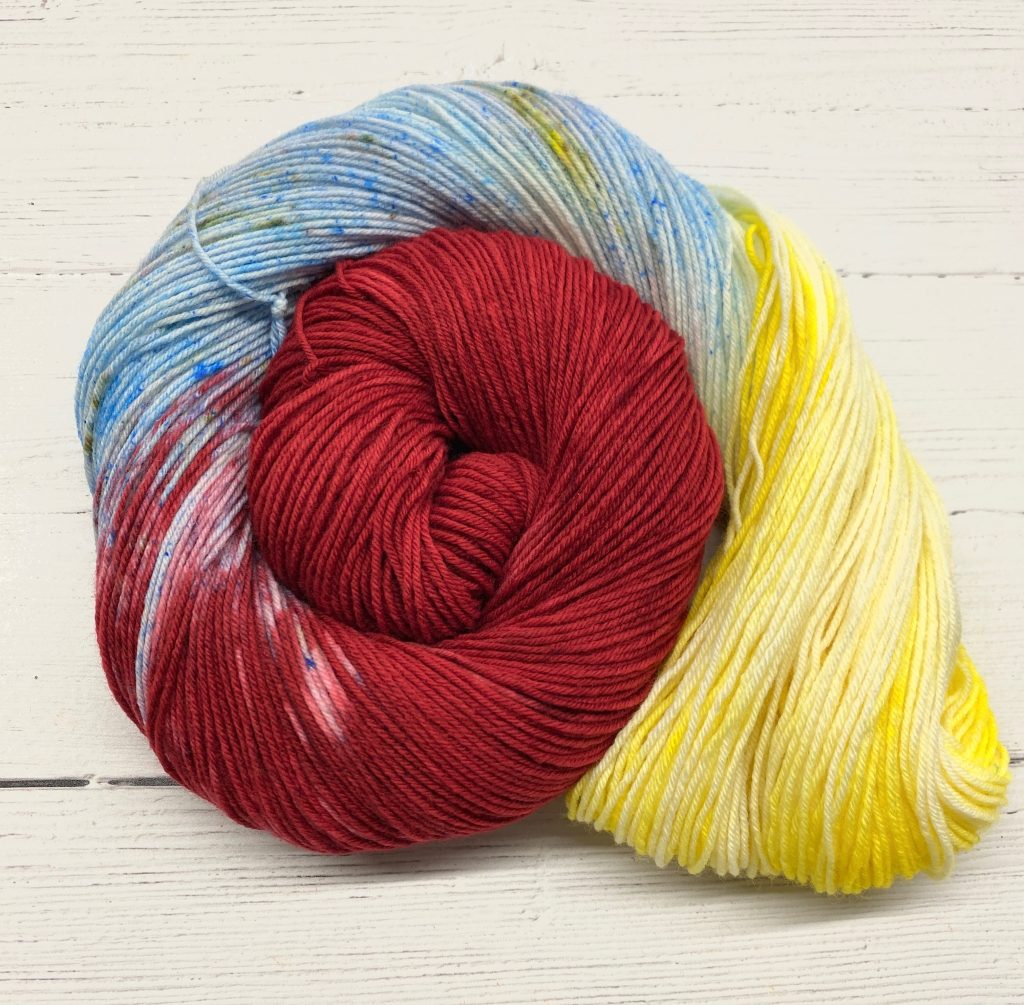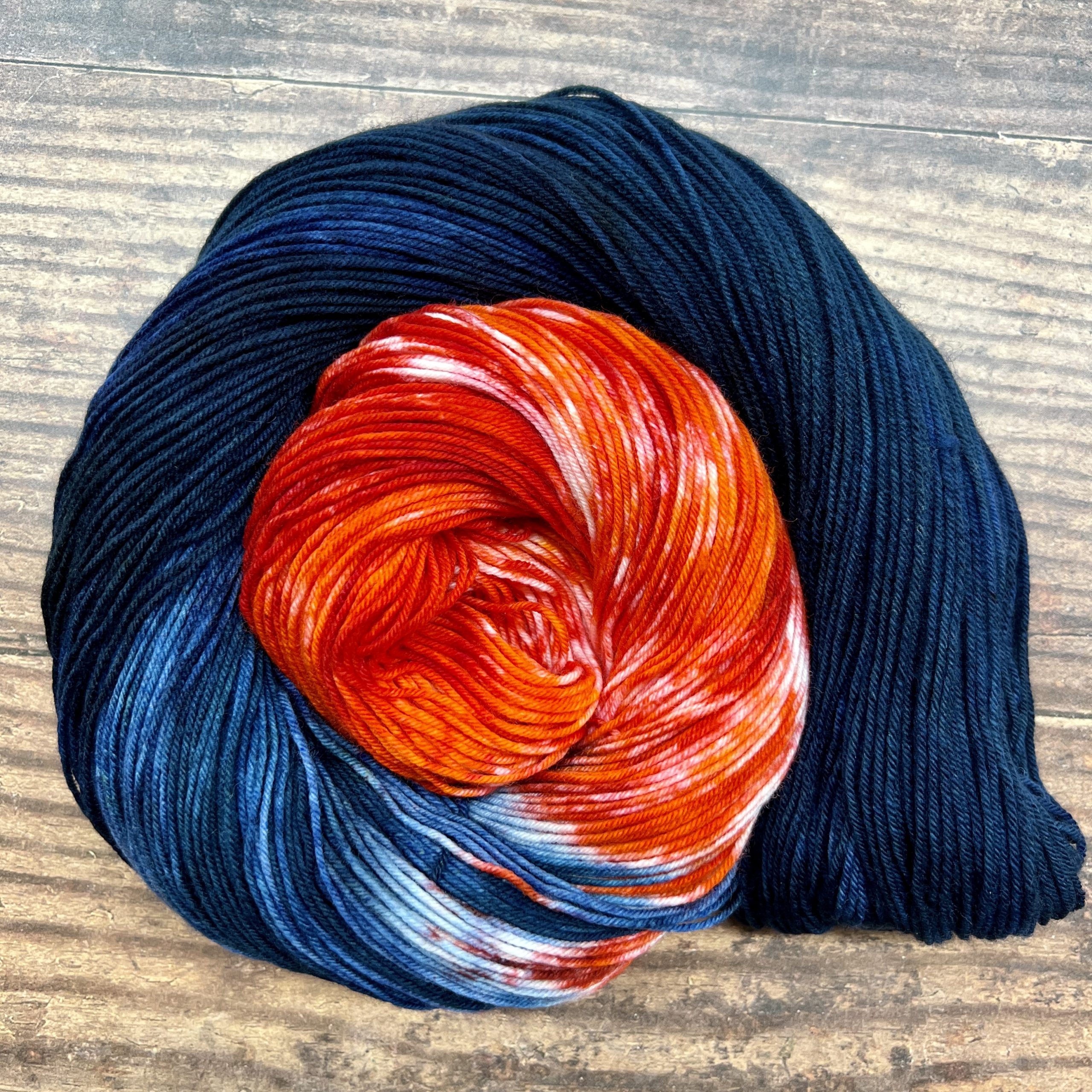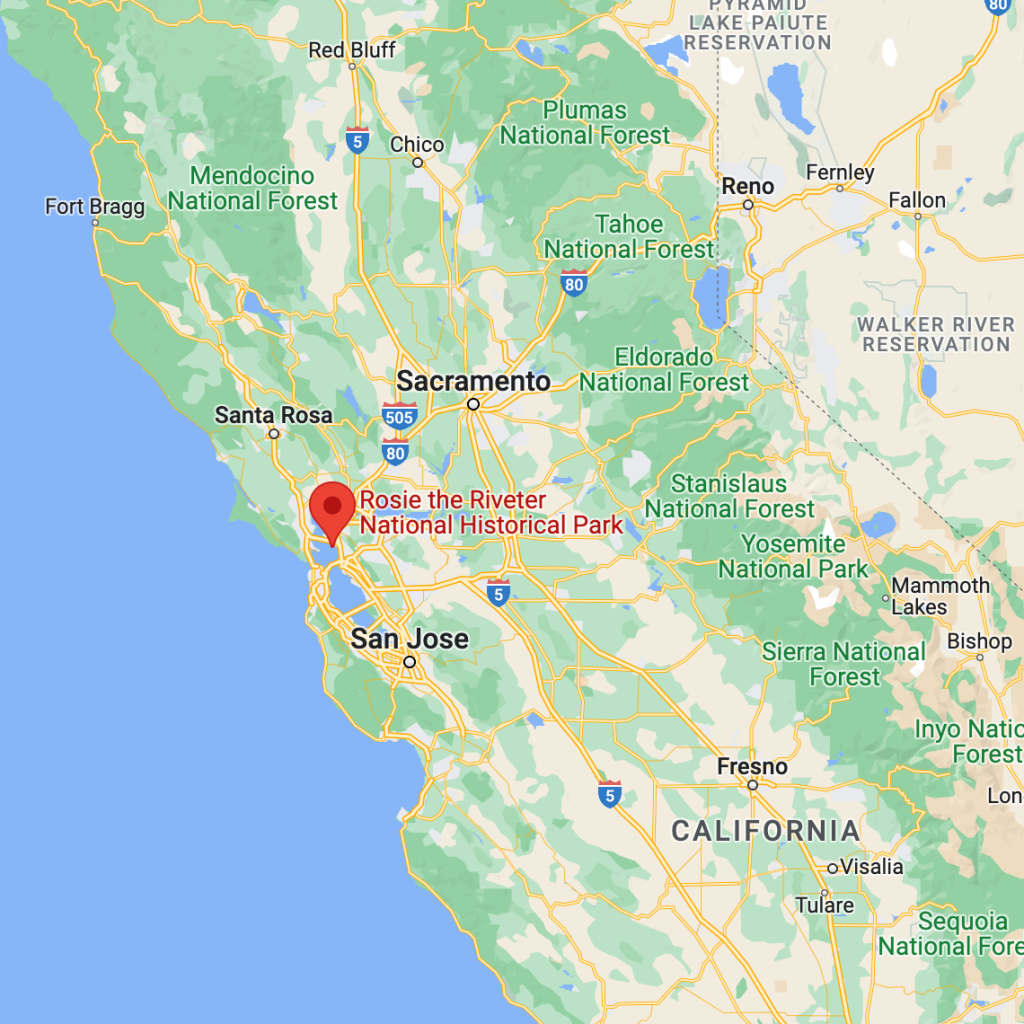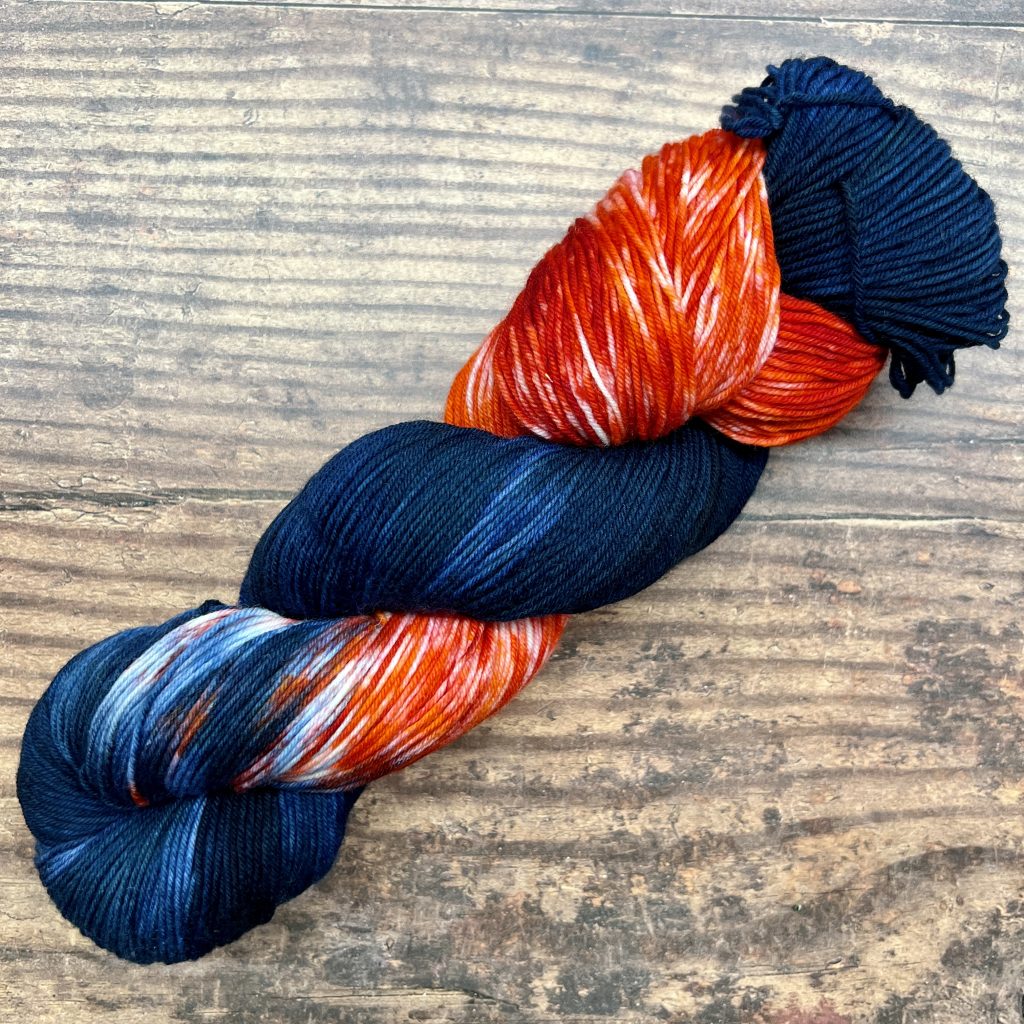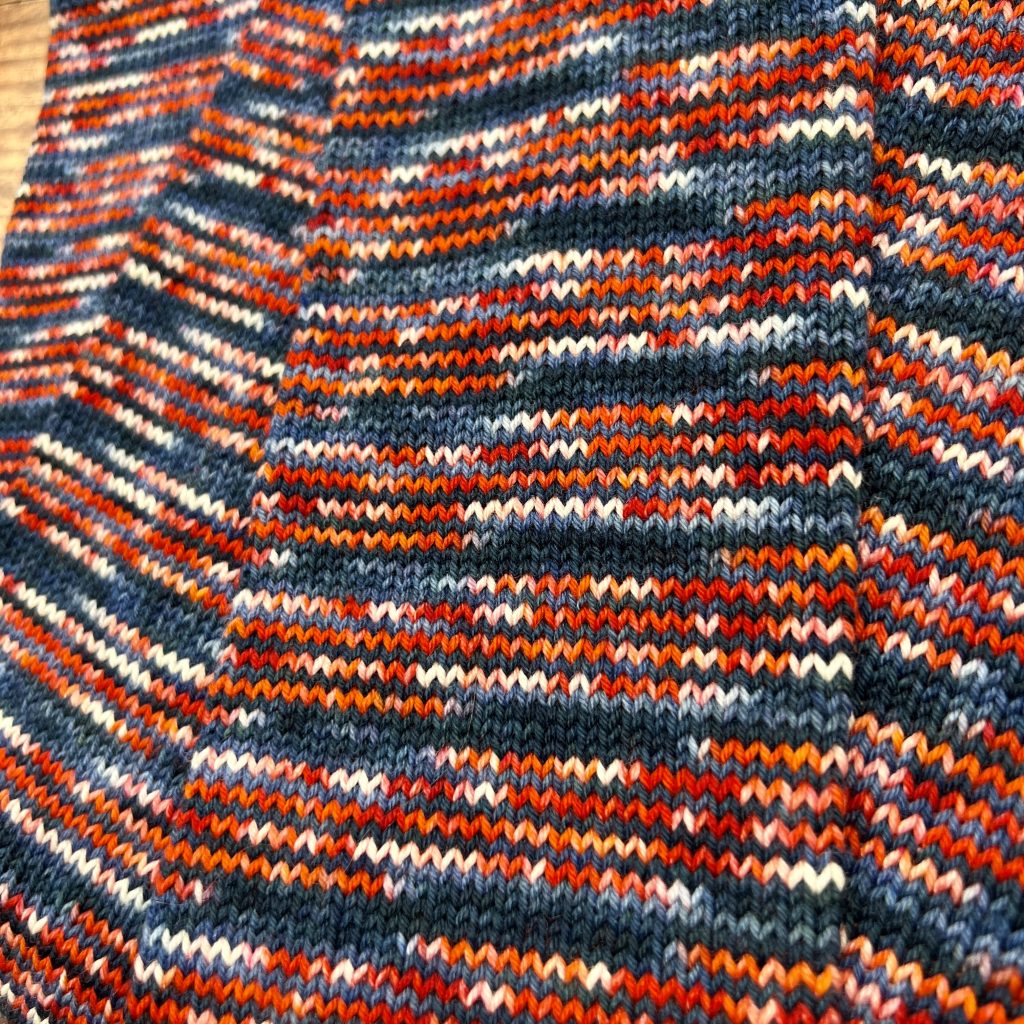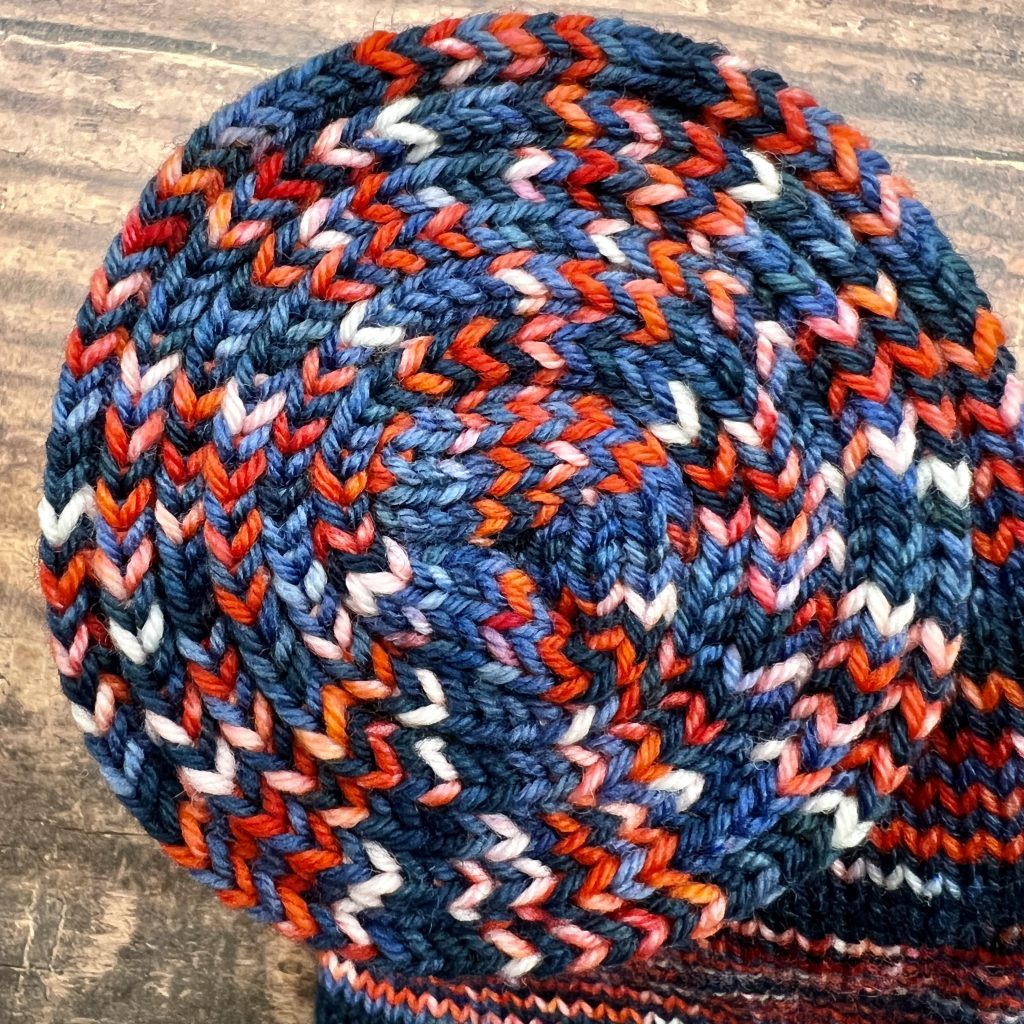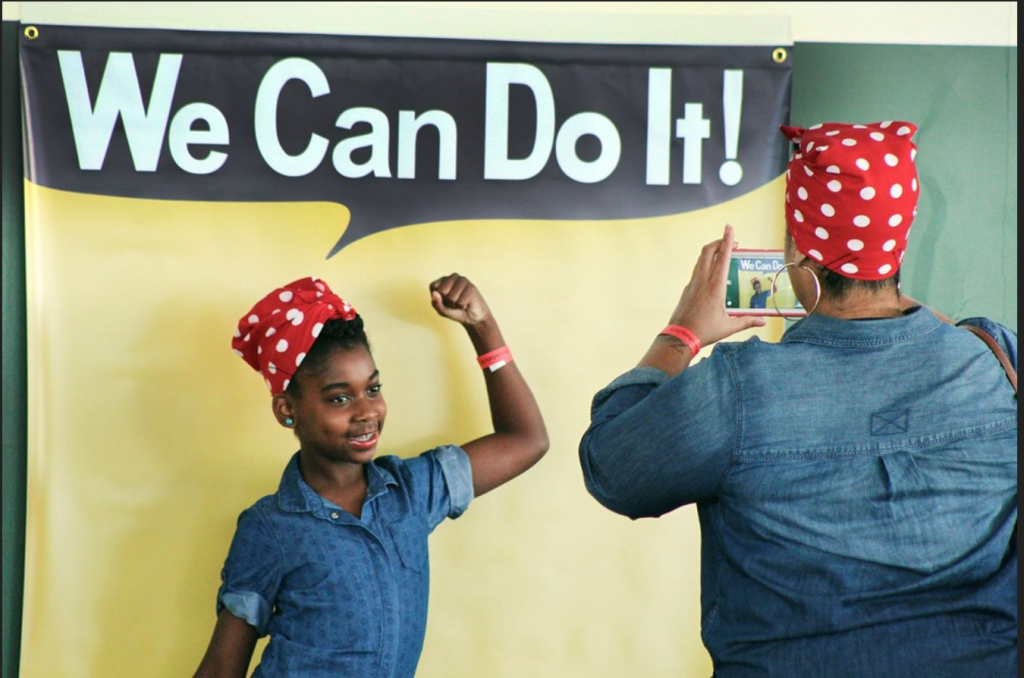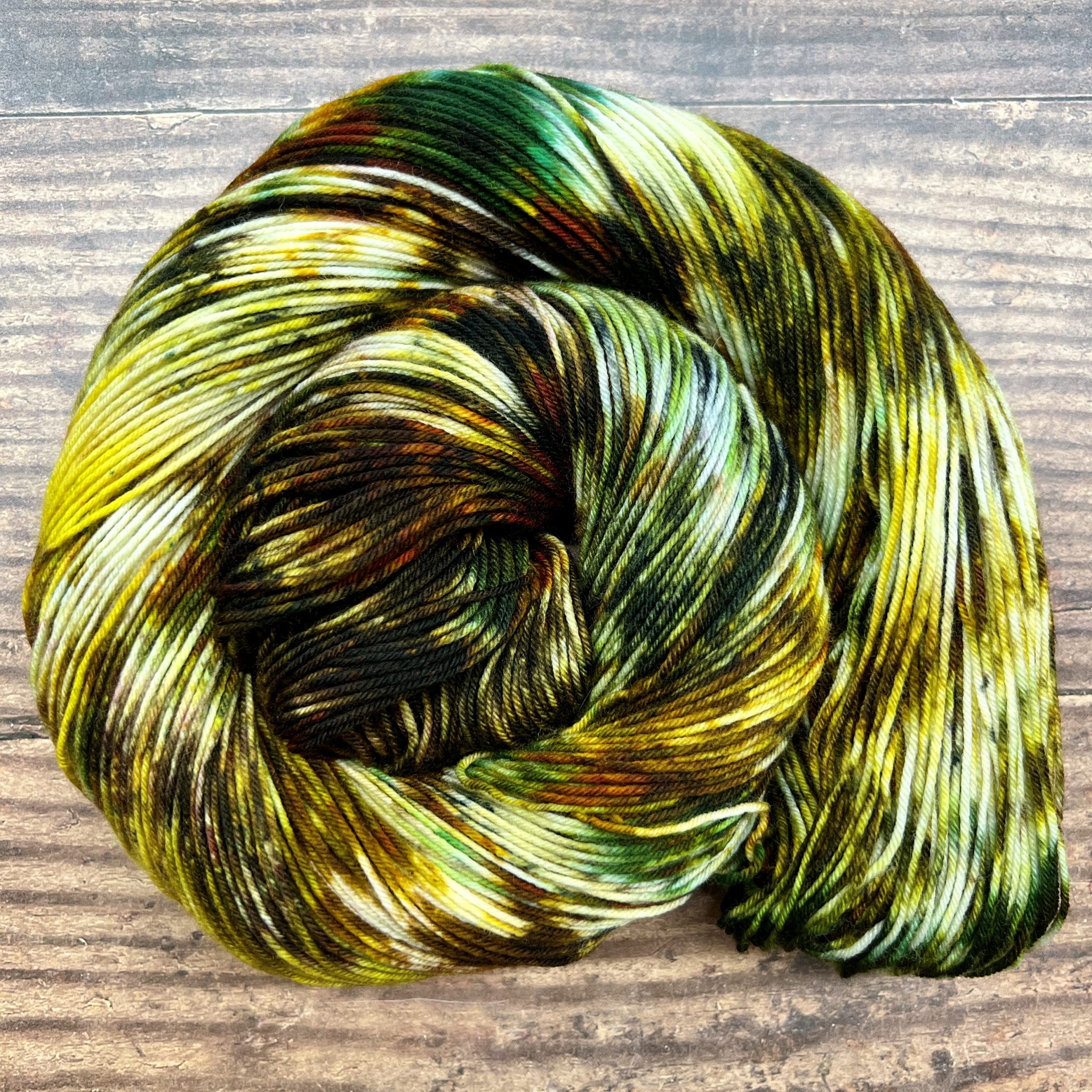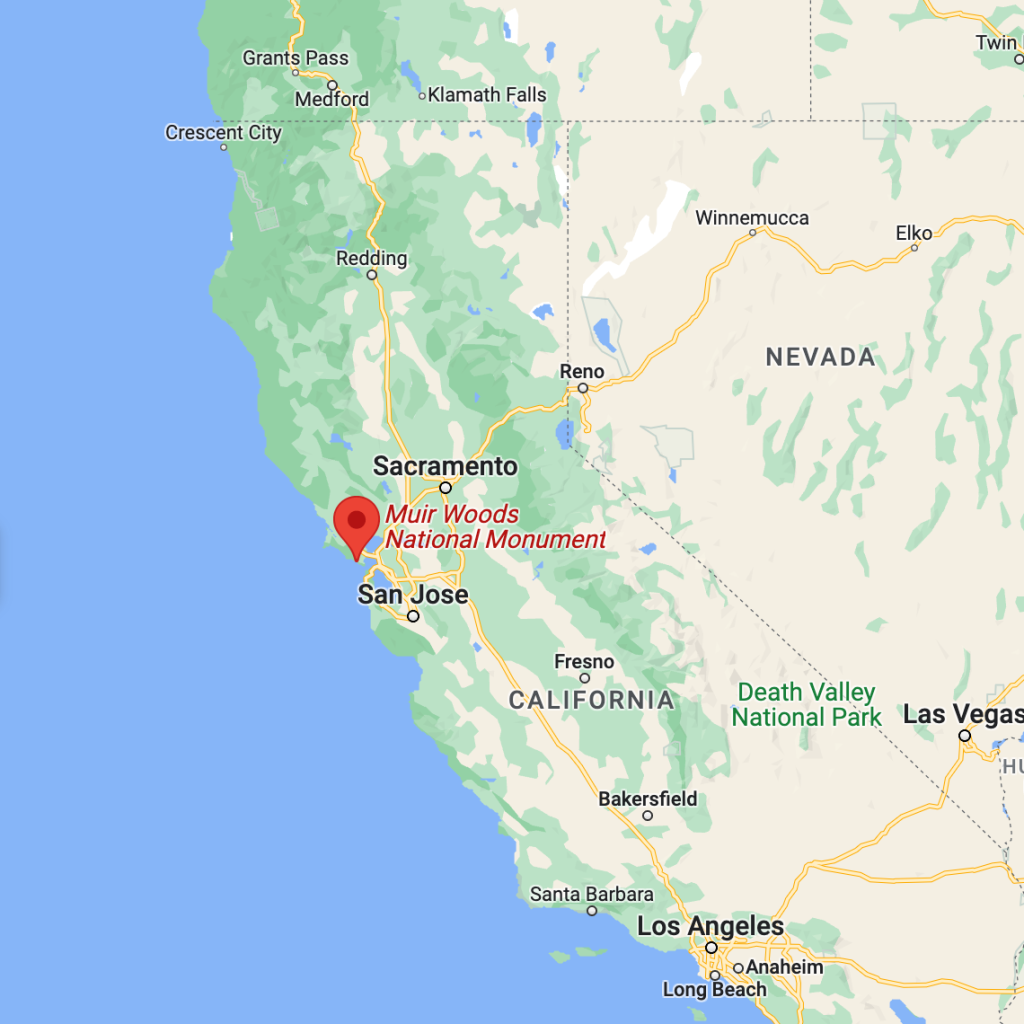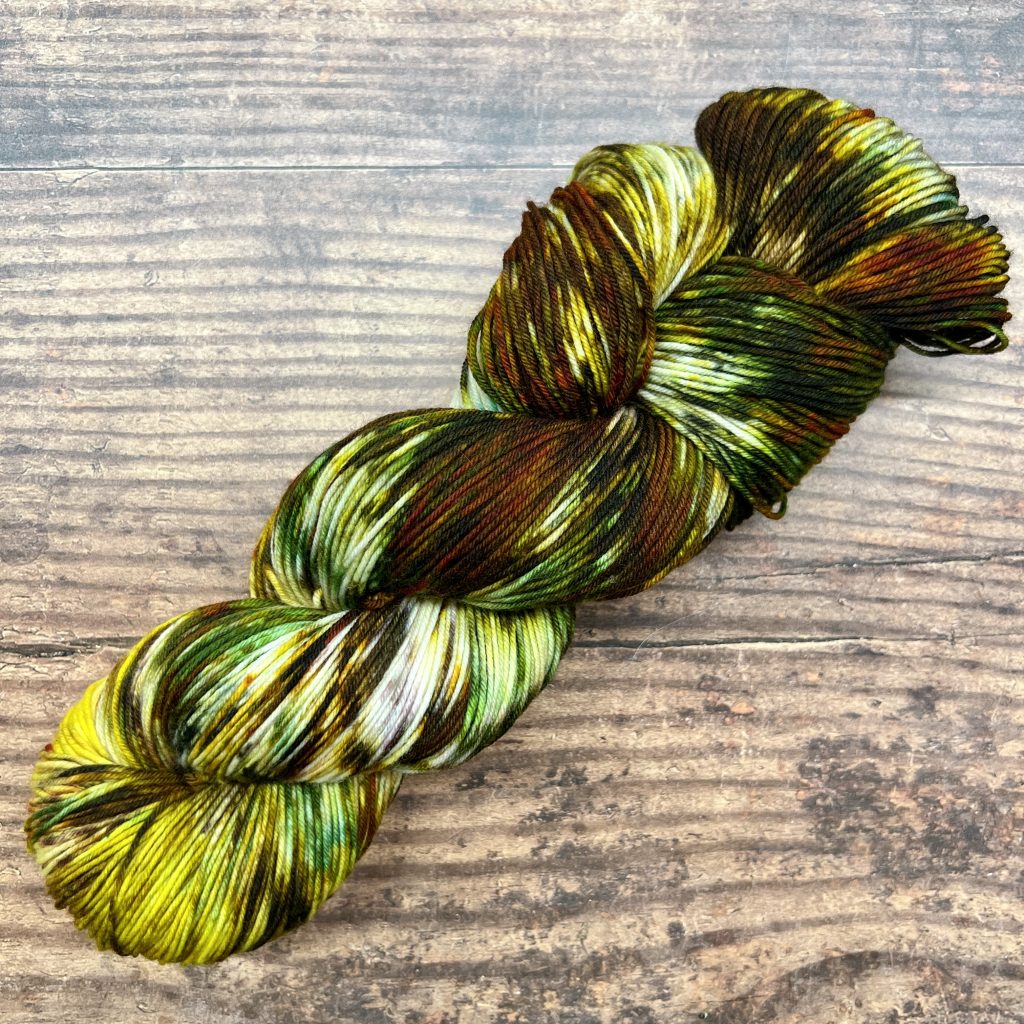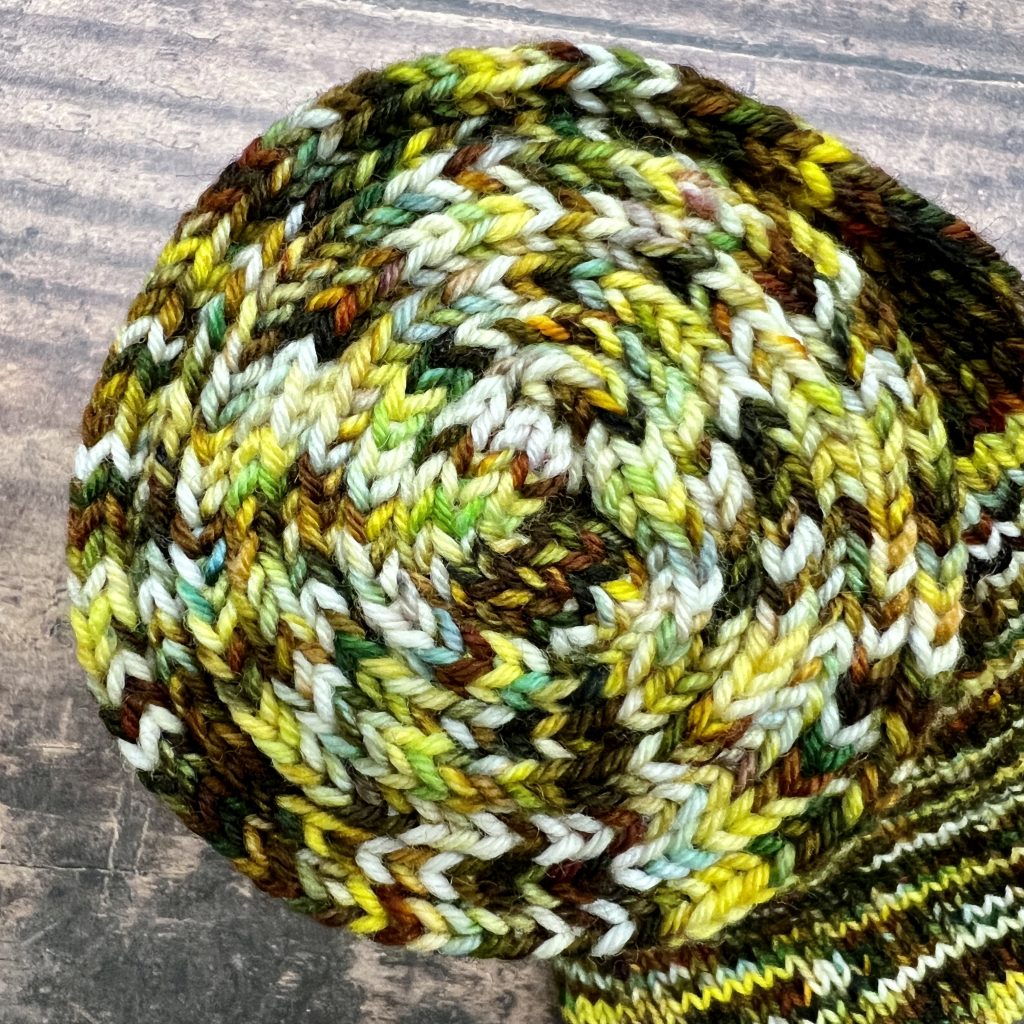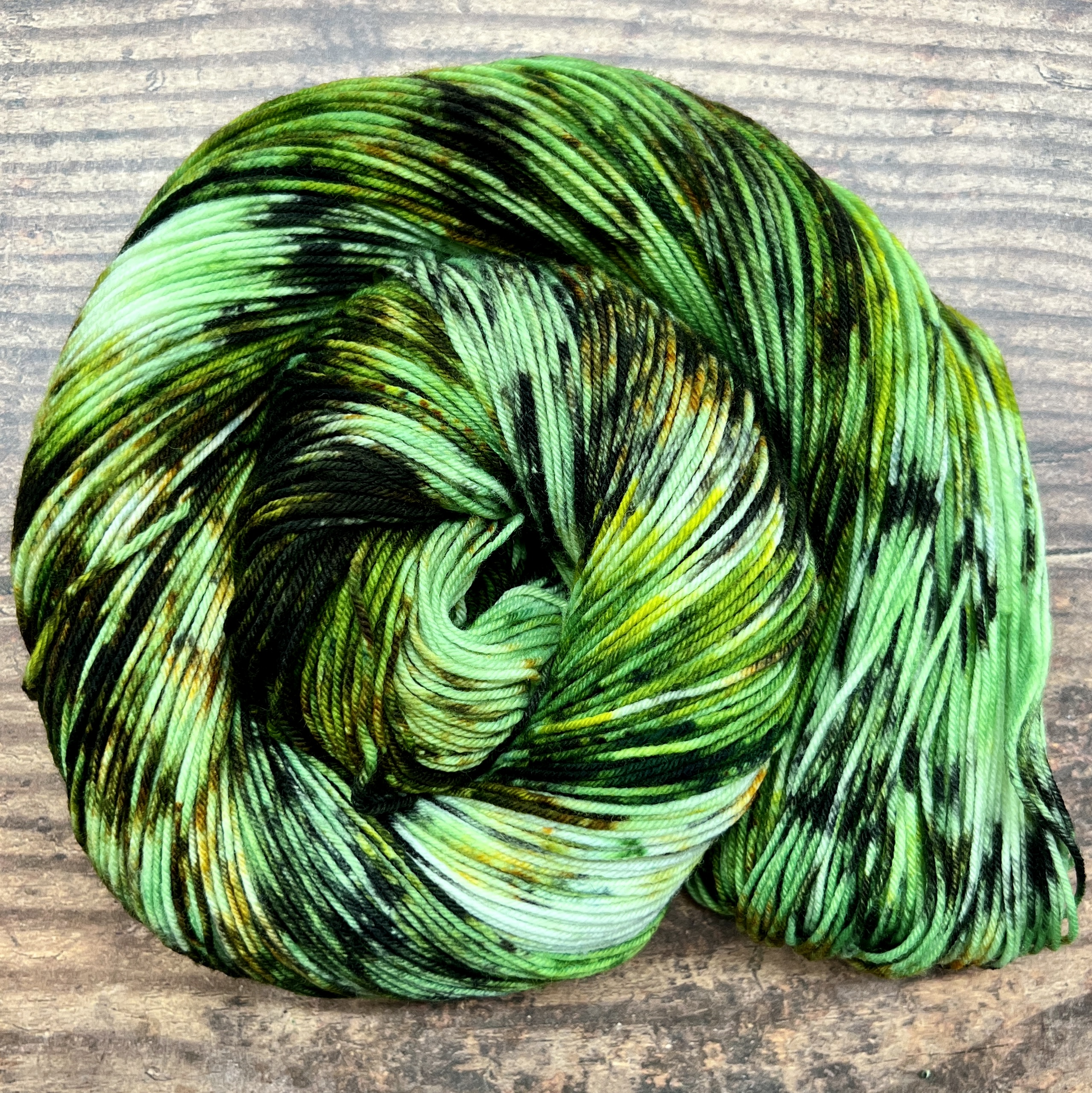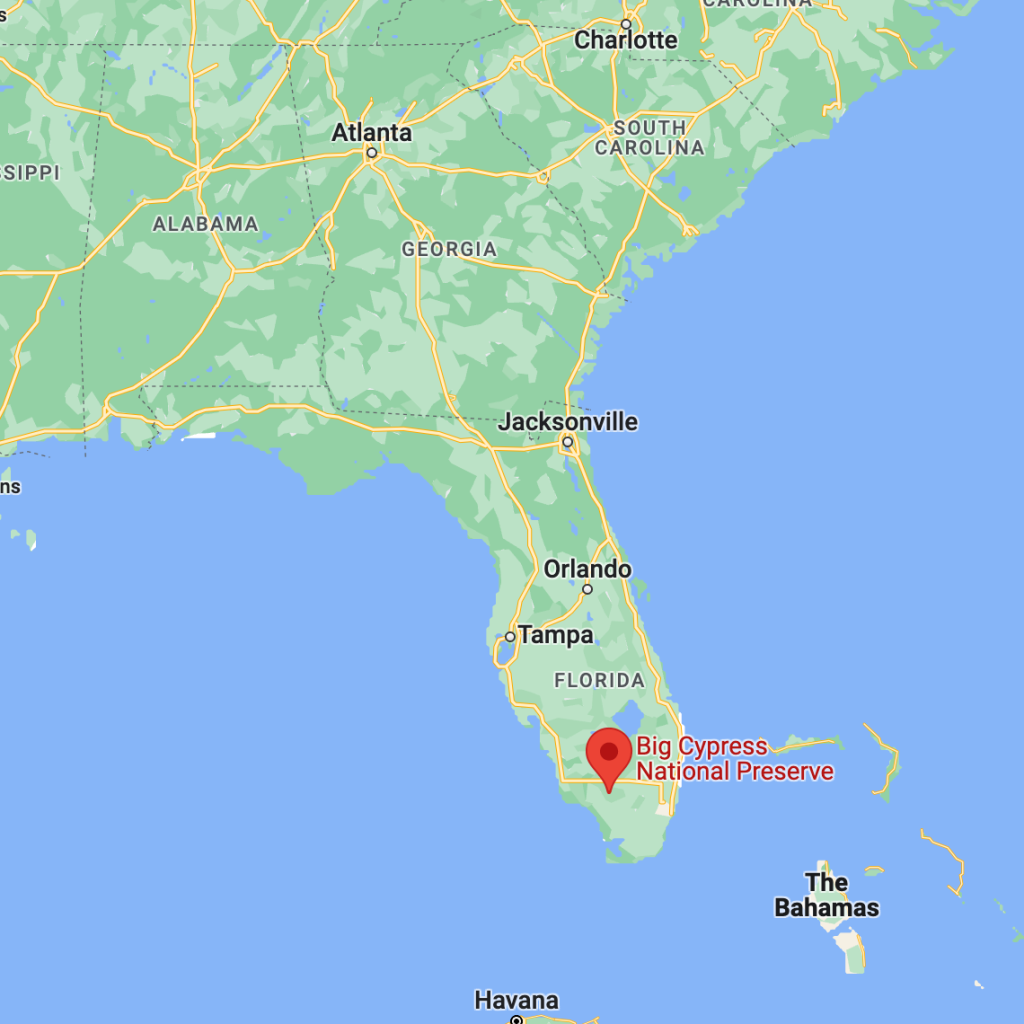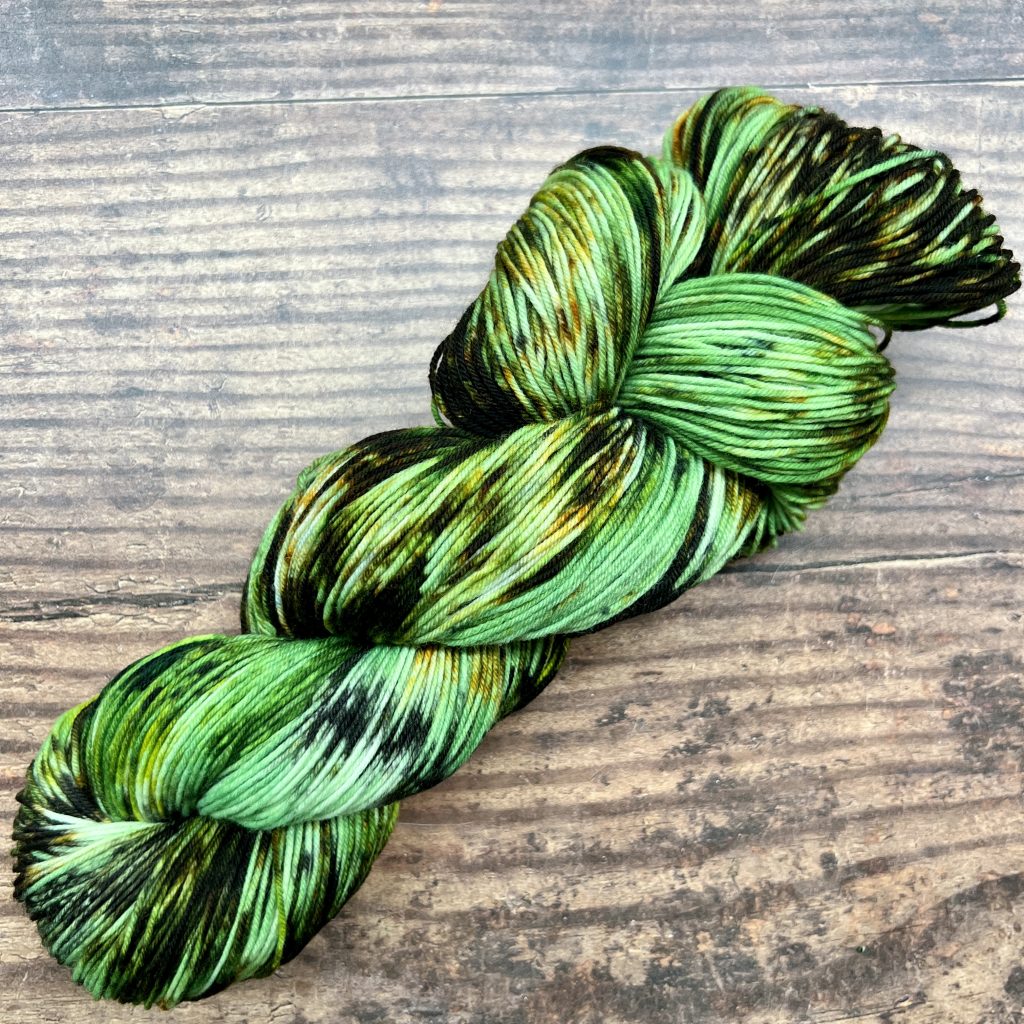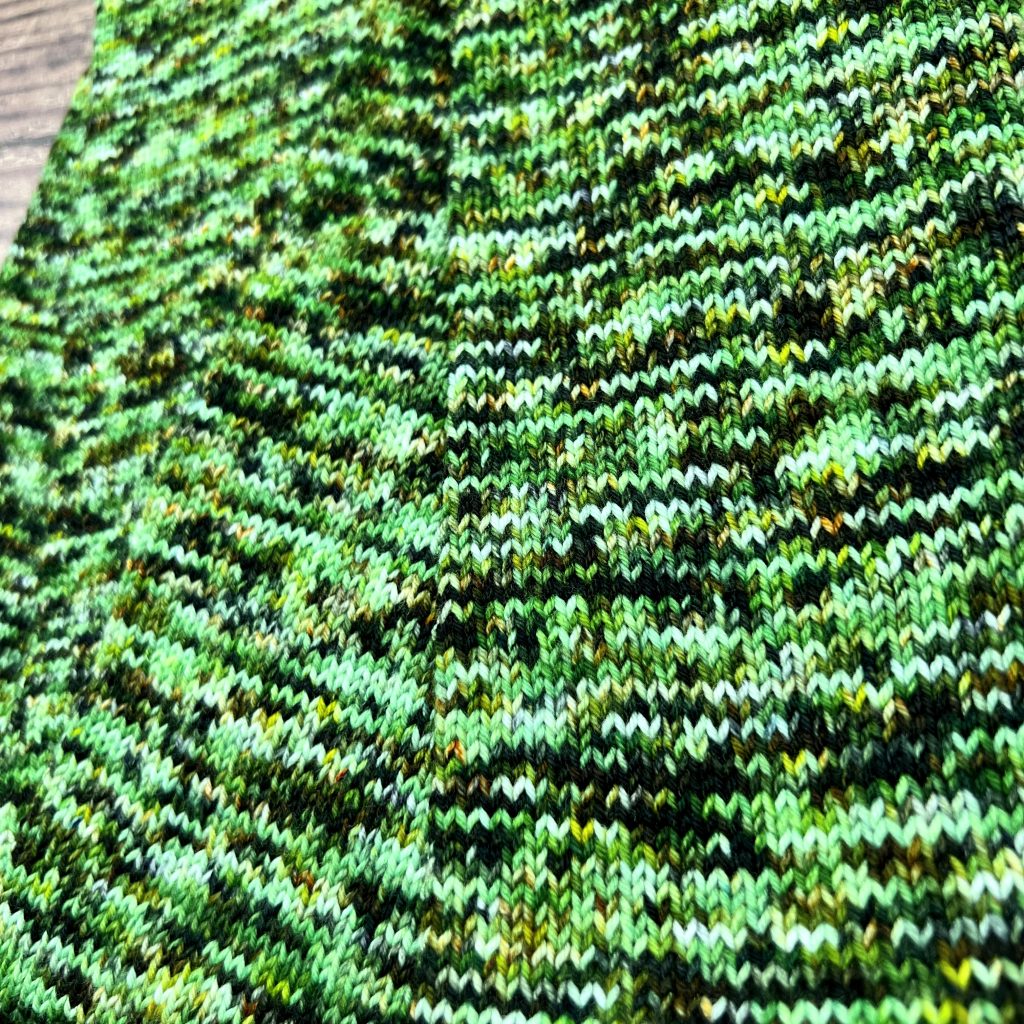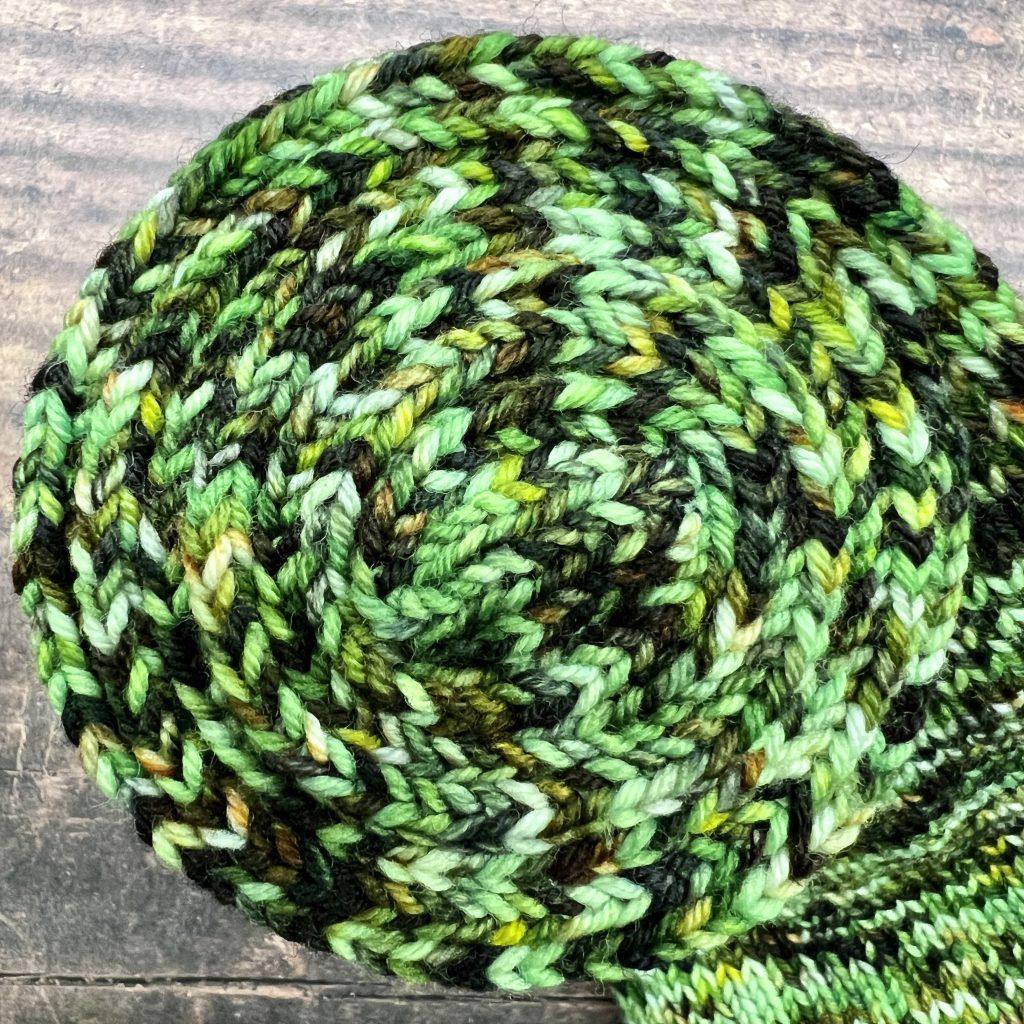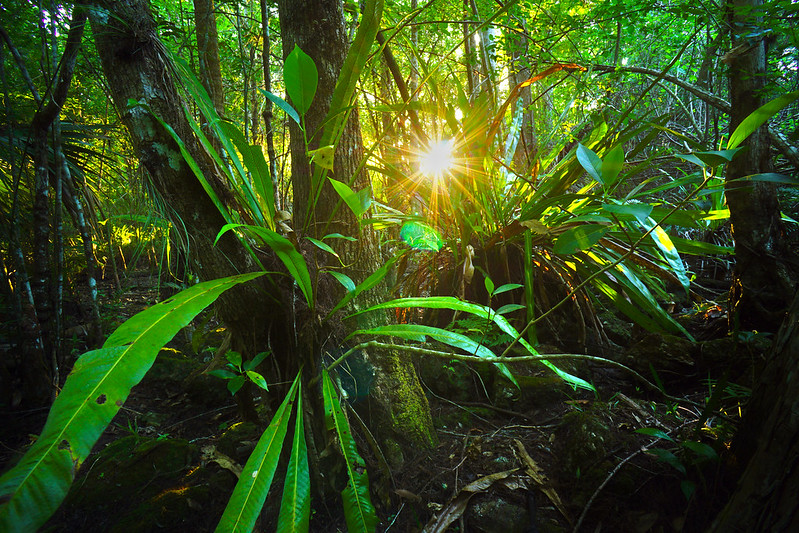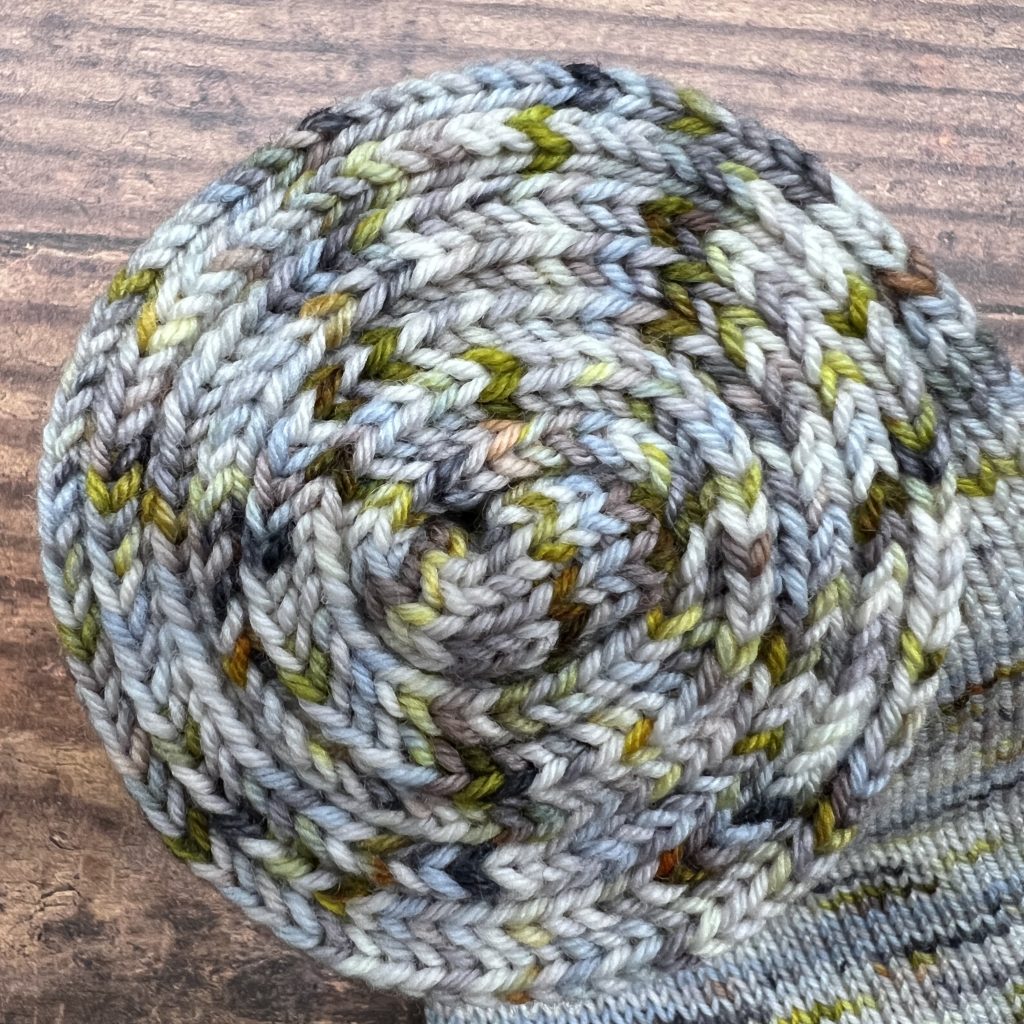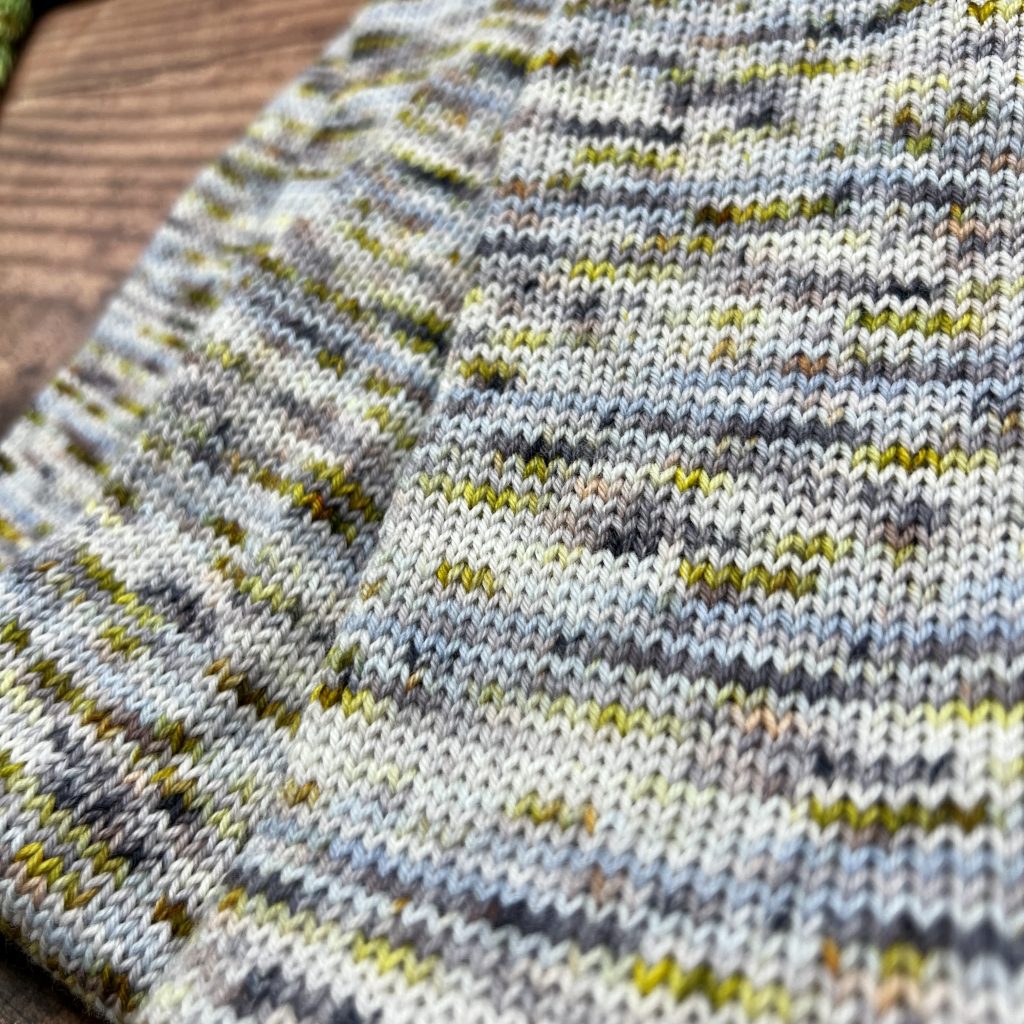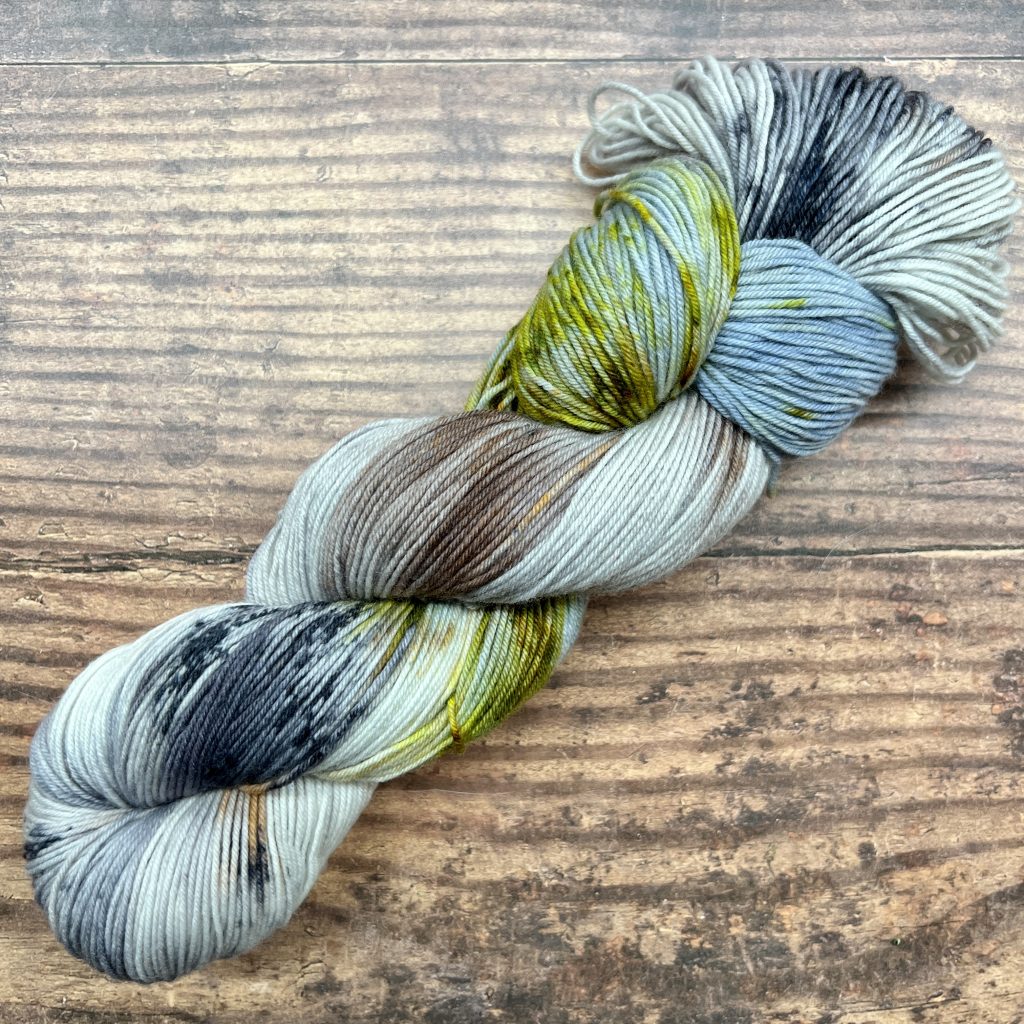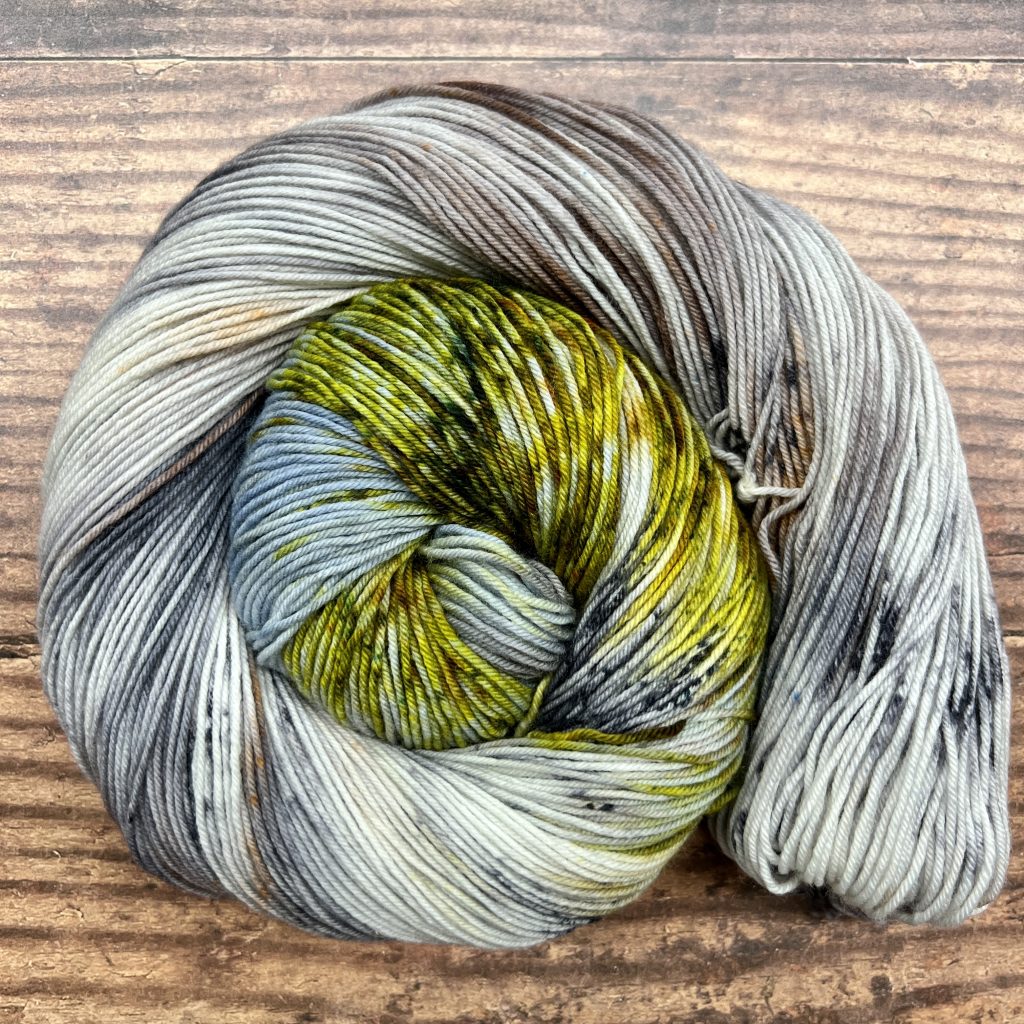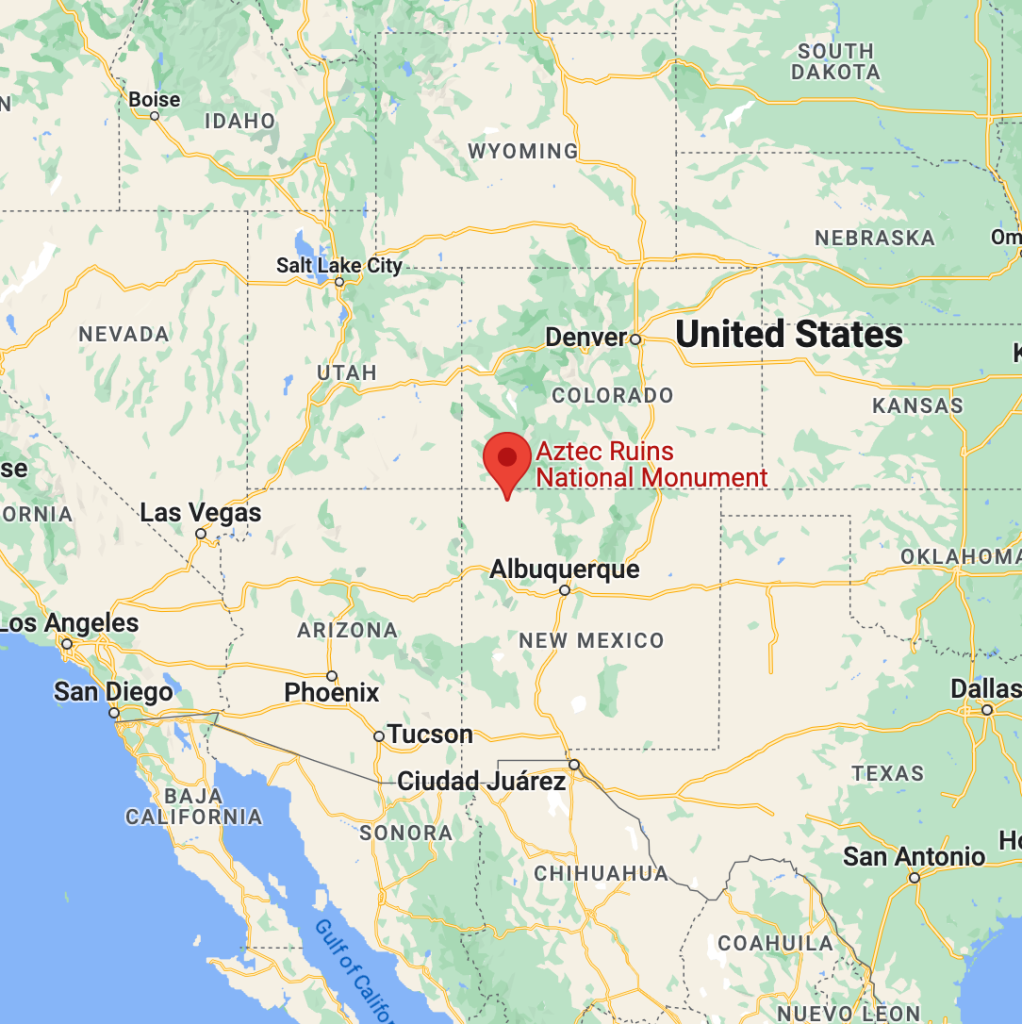For our second HerStory of 2024, we are sticking with catchy tunes by moving from the Mother of Hip Hop to the Queen of Salsa: Celia Cruz.
Born in Havana, Cuba in 1925, Celia loved music from a young age. It was said that she got her first-ever pair of shoes from a tourist who was impressed with her street performance when she was very young. Encouraged to become a teacher by her practical father, Cruz couldn’t get music out of her soul, and left her pursuit of education to study music. She took part in radio contests throughout her young adulthood, winning pretty much every one she took part in.
She joined and became the lead singer for the Afro-Cuban orchestra Sonora Matancera in 1950, the ensemble’s first Black front person since its founding about 25 years earlier, and that was where her star truly began to rise. It was during this time that she coined her trademark shout “¡Azúcar!” in response to a waiter at a restaurant in Miami who asked if she would like her coffee with sugar. It became her catchphrase, and took on deeper significance as a remembrance of enslaved Africans who worked on Cuban sugar plantations, particularly poignant coming from a Black Cuban like Cruz.
While on tour in Mexico in 1960, Fidel Castro took control of Cuba, and La Sonora Matancera renounced his regime. They were exiled from Cuba, and Cruz wasn’t able to return for many decades. Castro even forbid their music to be played in the country.
Cruz’s music and style constantly evolved. While her salsa music was perhaps what she was best-known for, she also performed rumba and reggaeton, and starred in films. Known for her powerful voice, colorful costumes, and energizing rhythm, Cruz was a vivacious entertainer that appealed to all generations. She influenced everything from fashion to music (a gown of hers is on display at the Smithsonian). She is still one of the best-known Latin artists and one of the most famous Afro-Latinas in the world, and her influence is still inspiring musicians across genres.
Cruz has an asteroid named after her, a star on Hollywood’s Walk of Fame, had a postage stamp created to honor her, and has a wax replica at the Hollywood Wax Museum, to name a few of the honors bestowed on this talented multi-Grammy-winning singer (of course, the highest honor in our estimation is being included in our HerStory lineup ;)) This year, a quarter bearing her likeness will be released, so keep your eyes peeled!
This month’s HerStory colorway is White Mariposa, the official flower of Cruz’s beloved Cuba. When she returned in 1990 to perform, Cruz collected a bag of soil from Cuban earth, and when she was buried in 2003, that soil was buried with her. Cuba was in her heart and soul, even though she lived outside of the country for longer than she lived in it. Honoring this love by creating a colorway inspired by Cuba’s official flower seemed the right choice. The fact that her very existence and fame seems a bit subversive, given her demographics (young, female, Black, Cuban), this flower, which was used for subversive means during the Spanish colonial times: women used to adorn themselves with these fragrant flowers and because of the flower’s intricate structure, women hid and carried secret messages important to the independence cause in the center of the petals.

